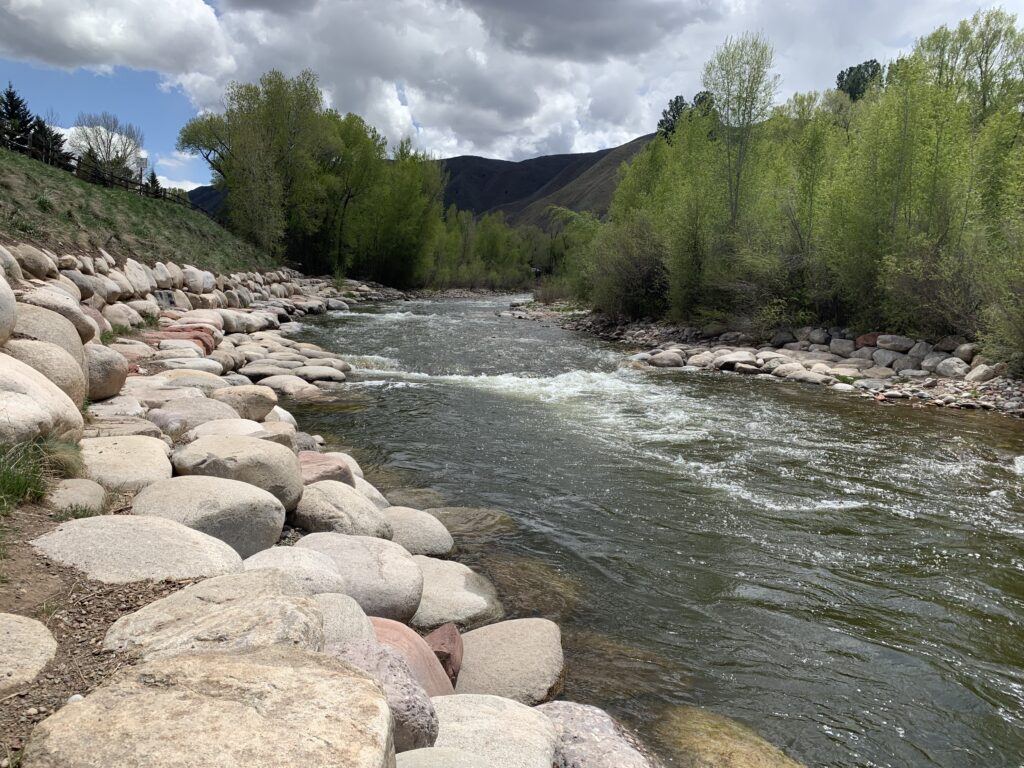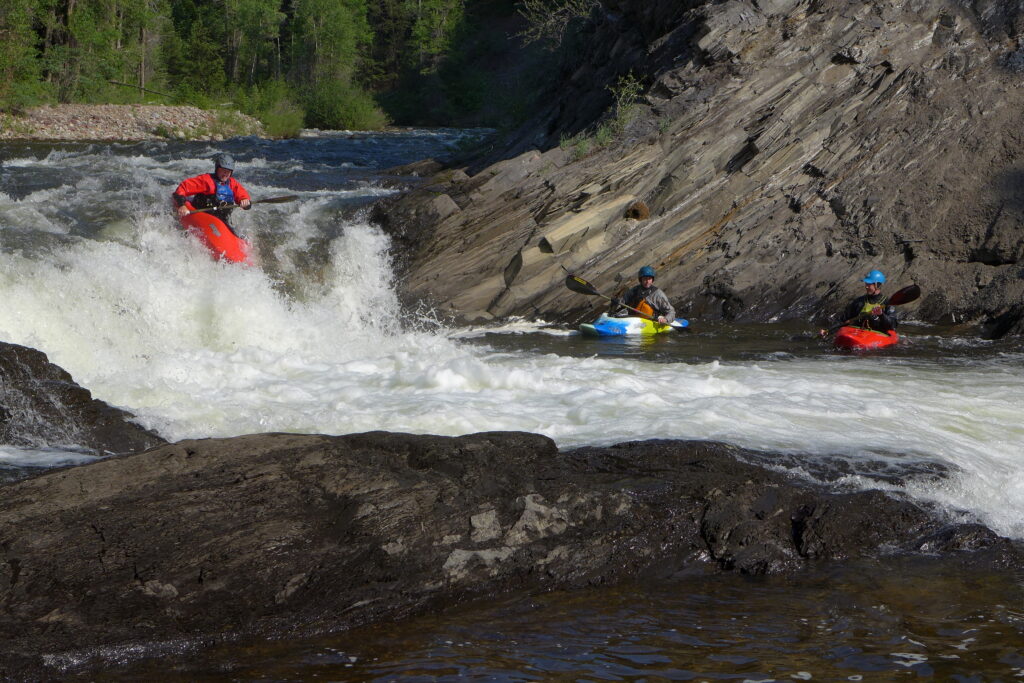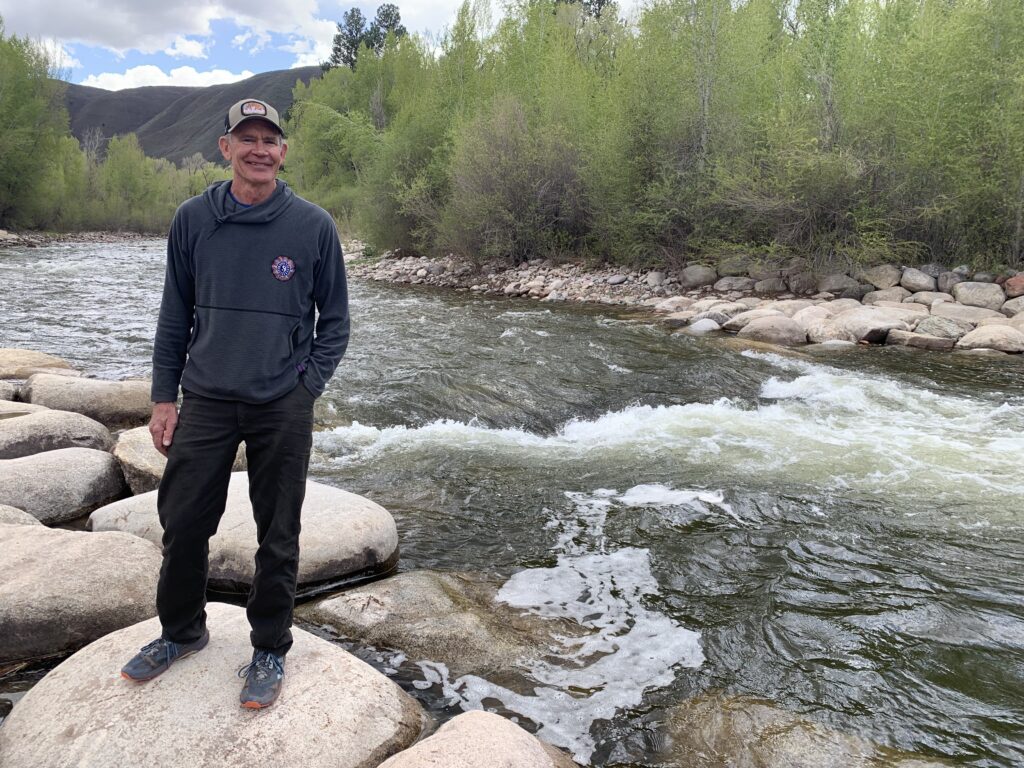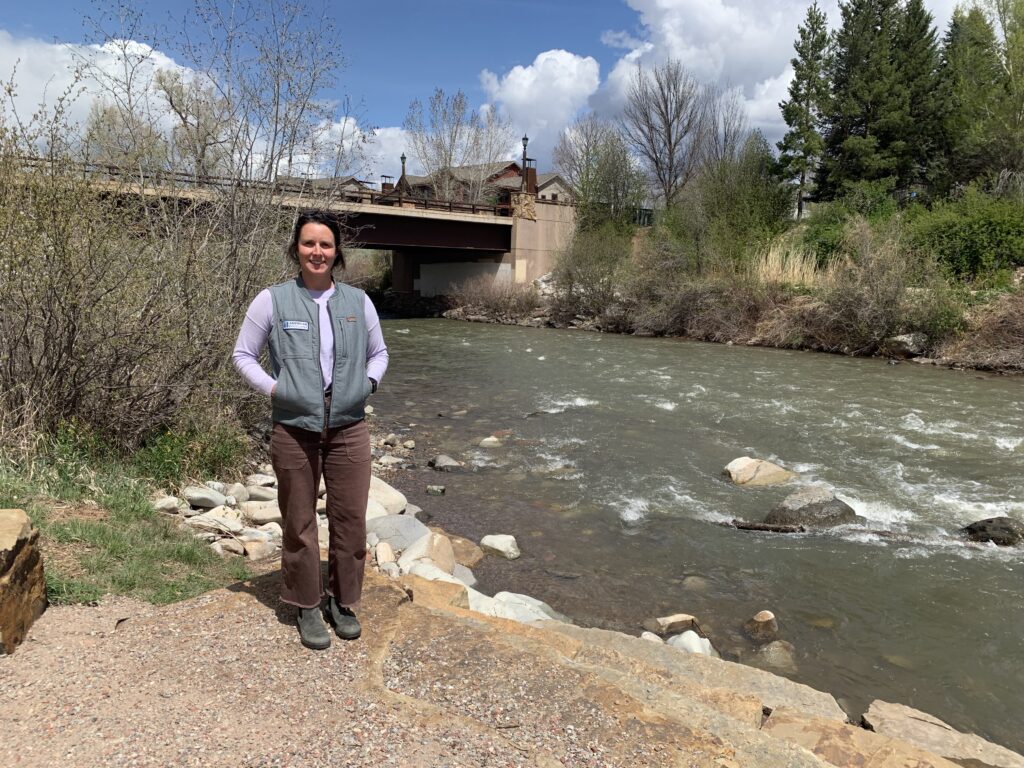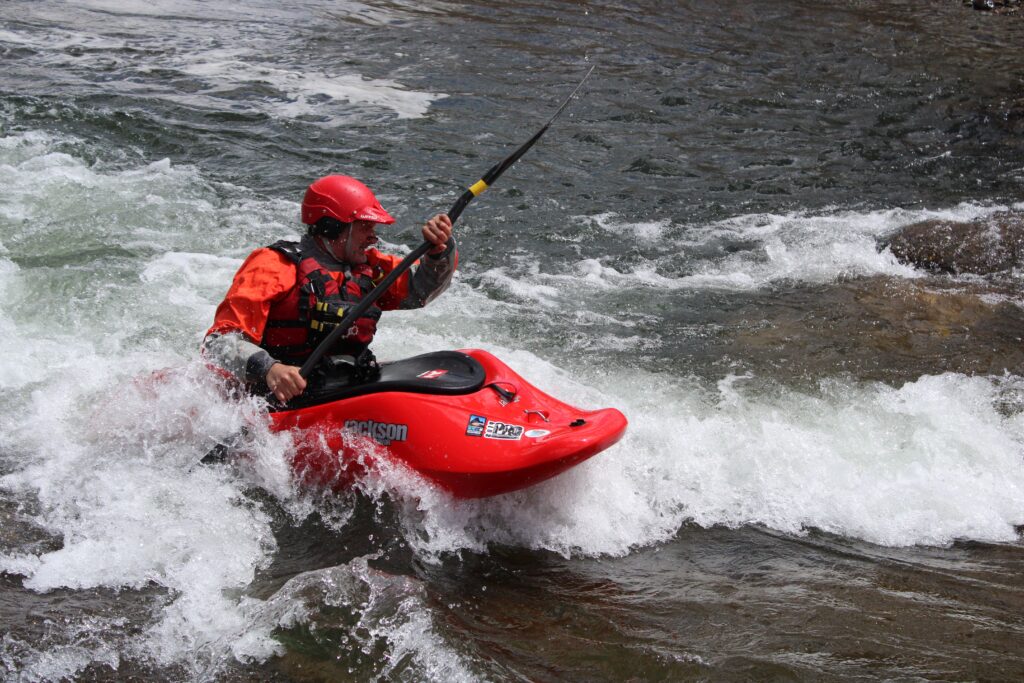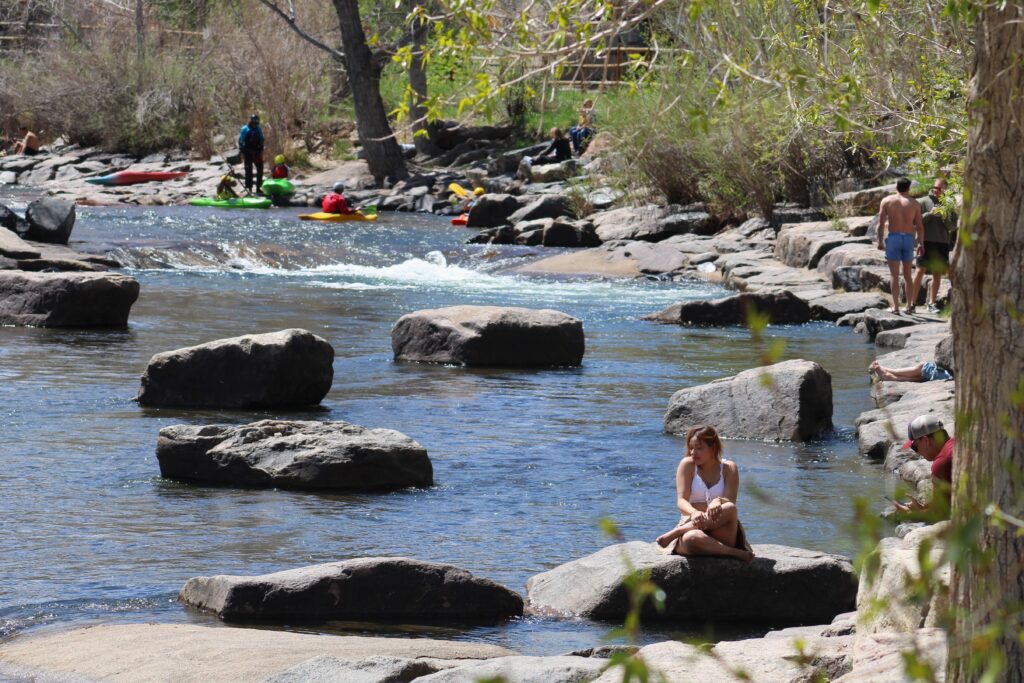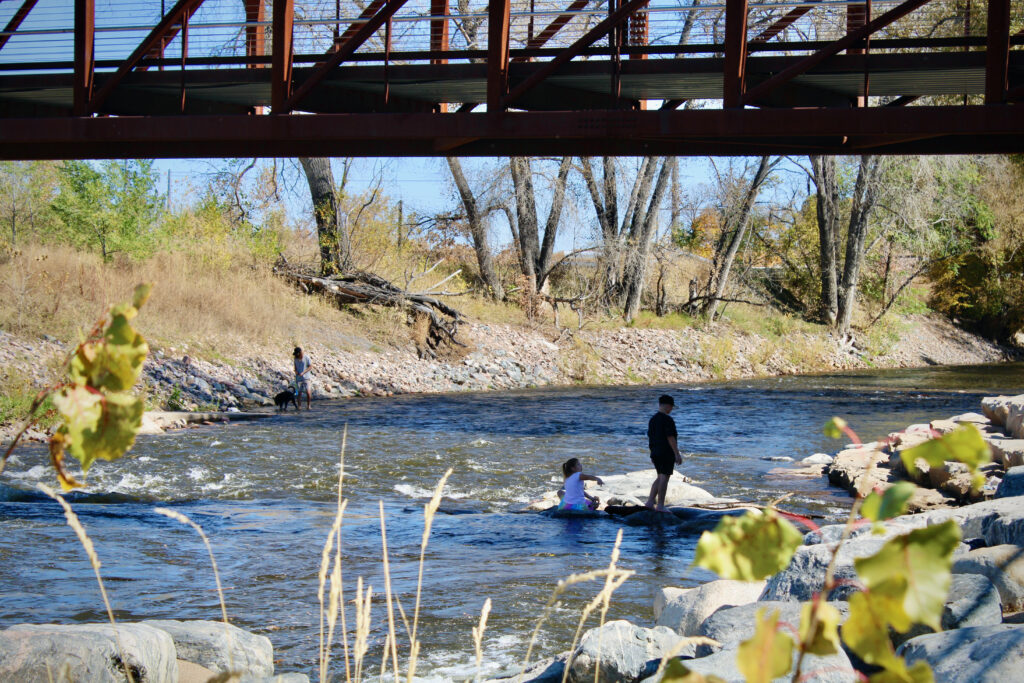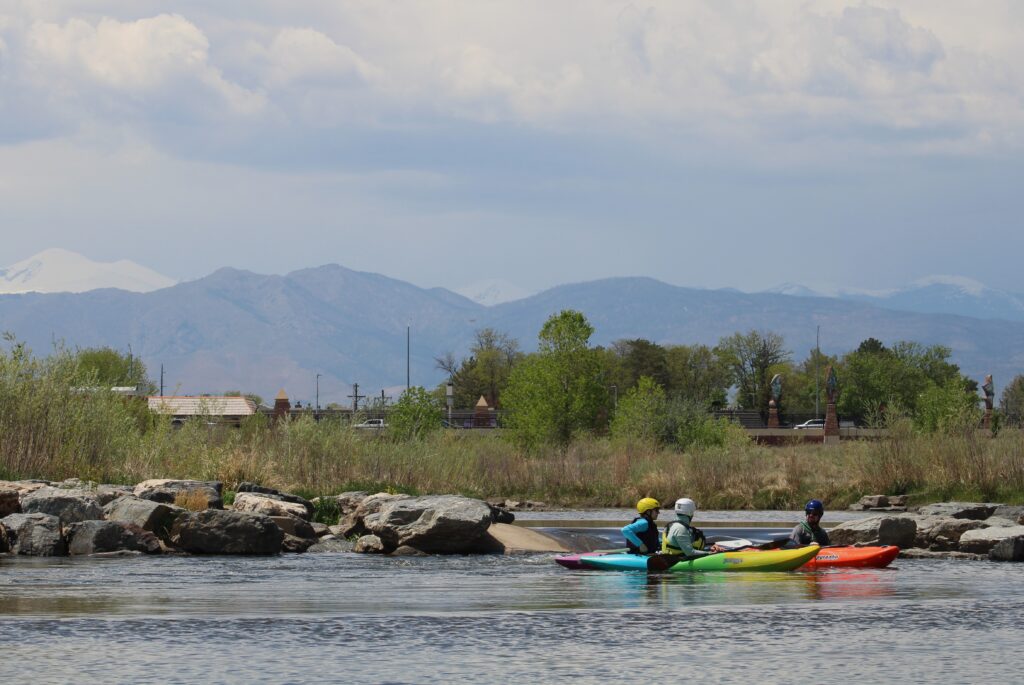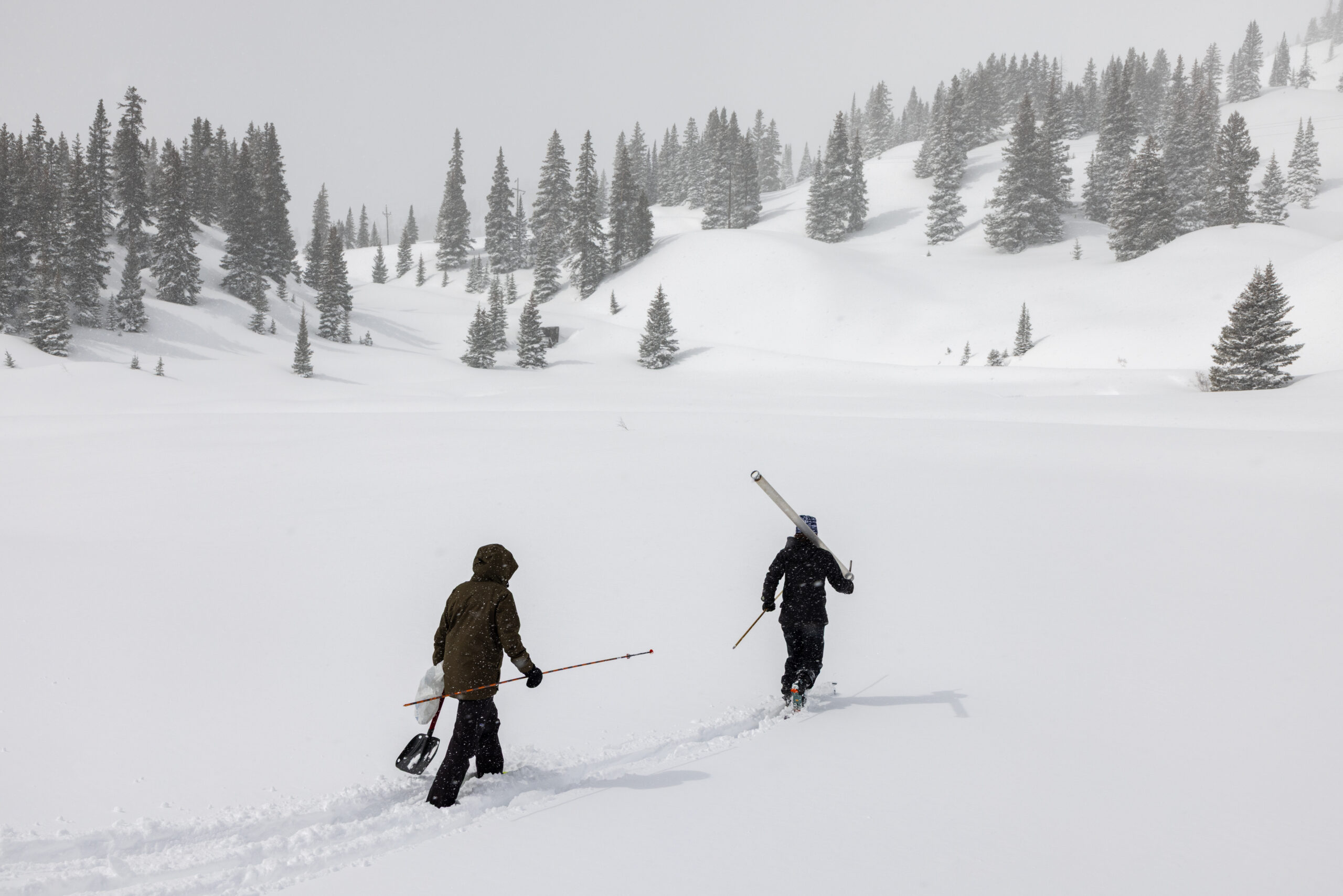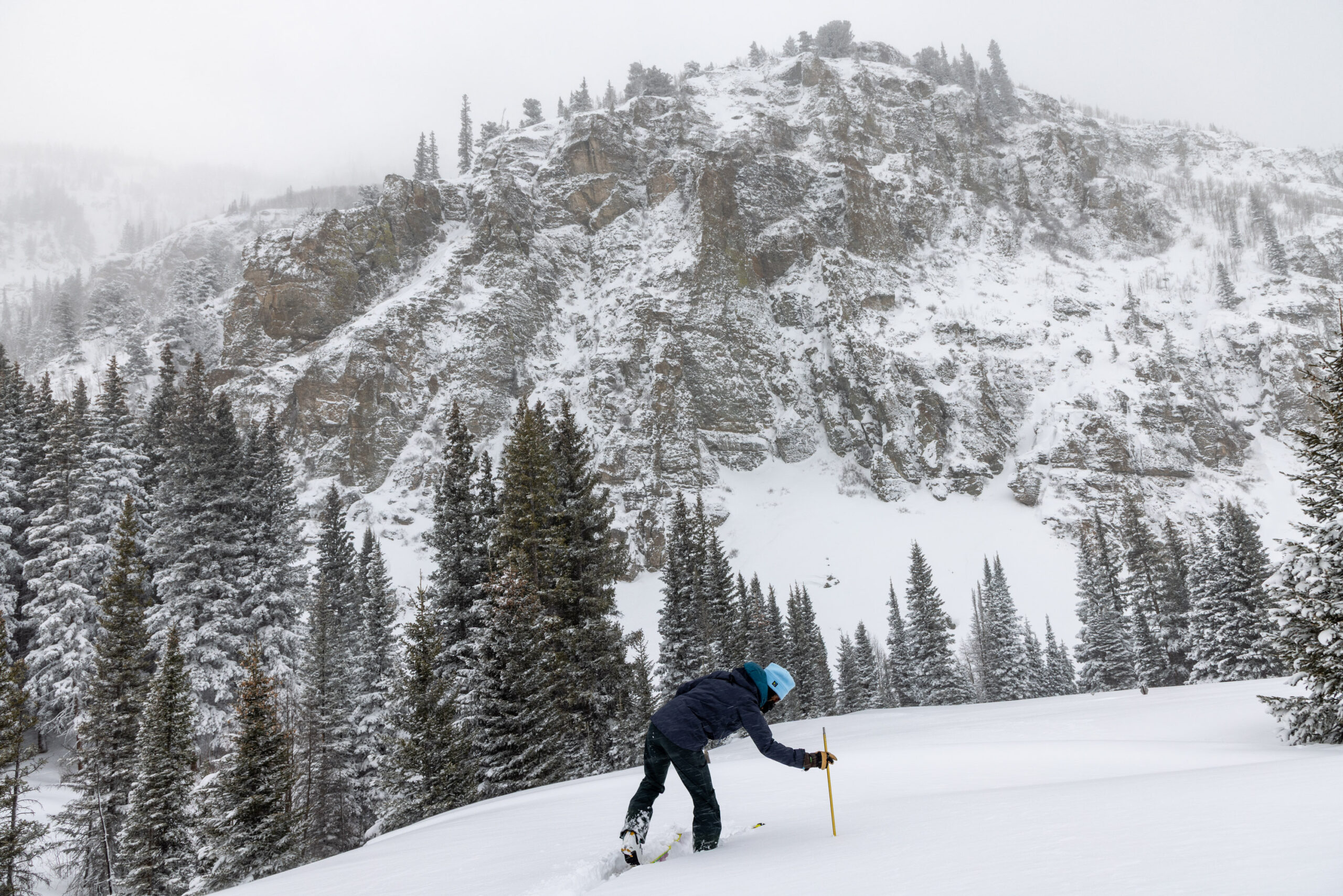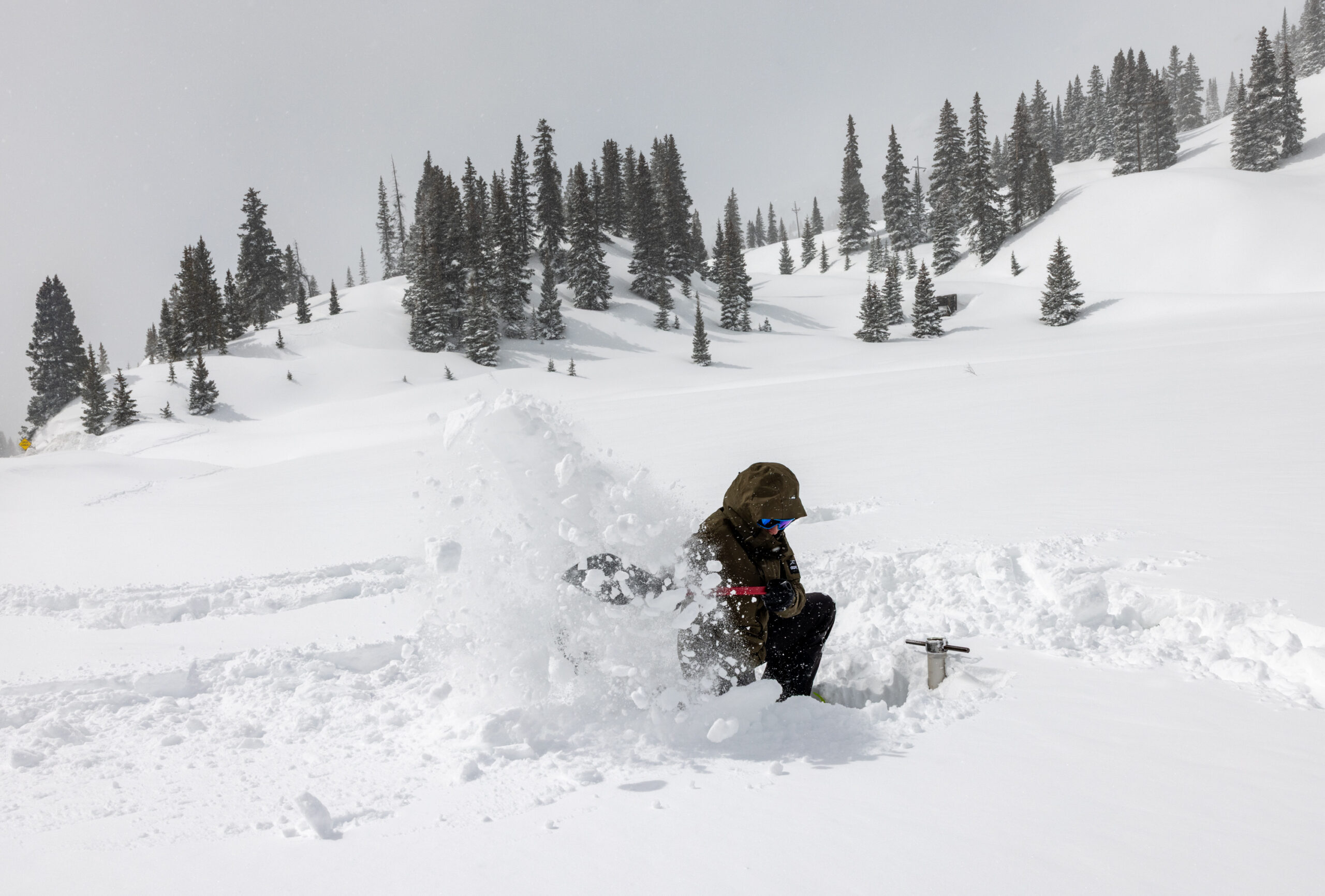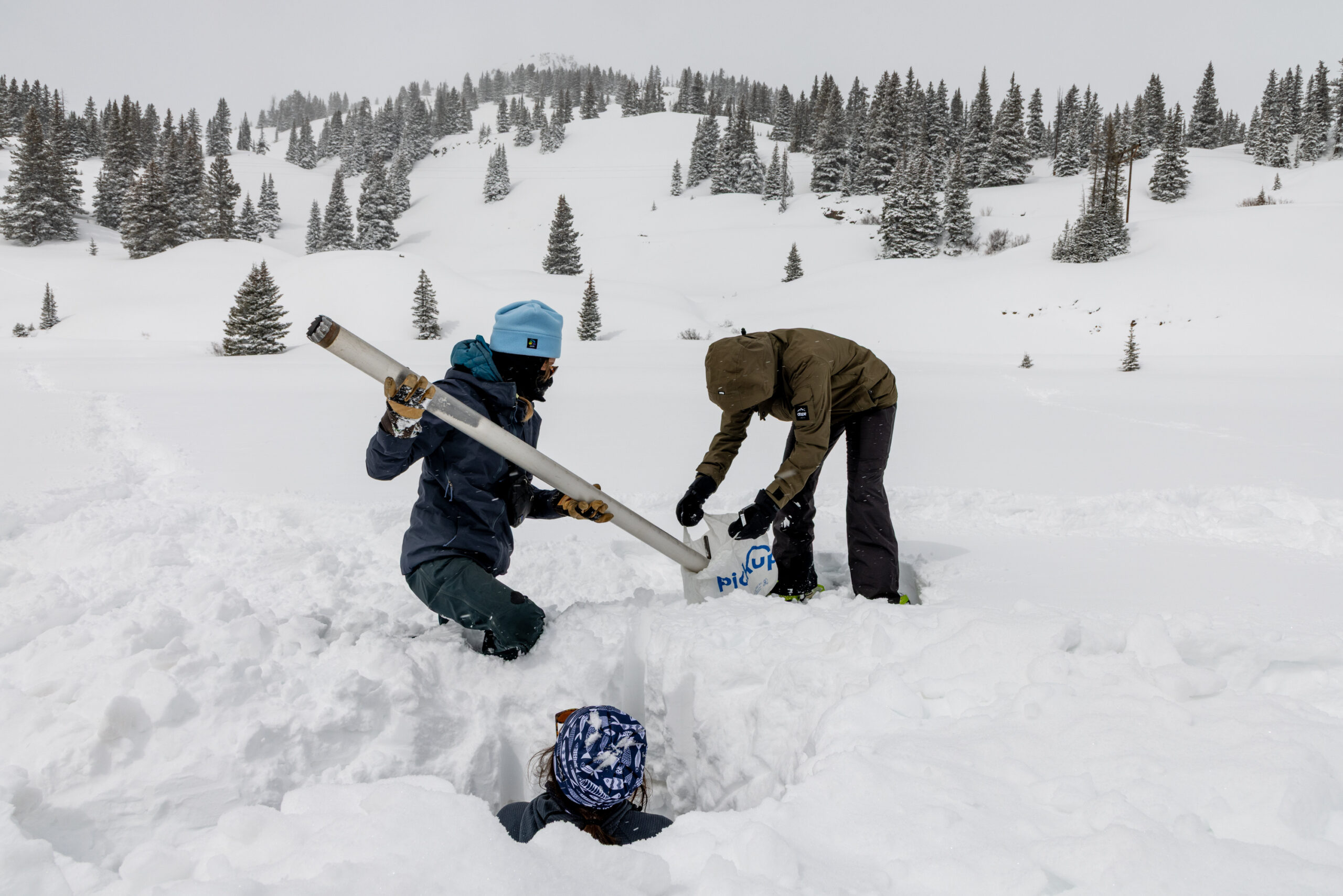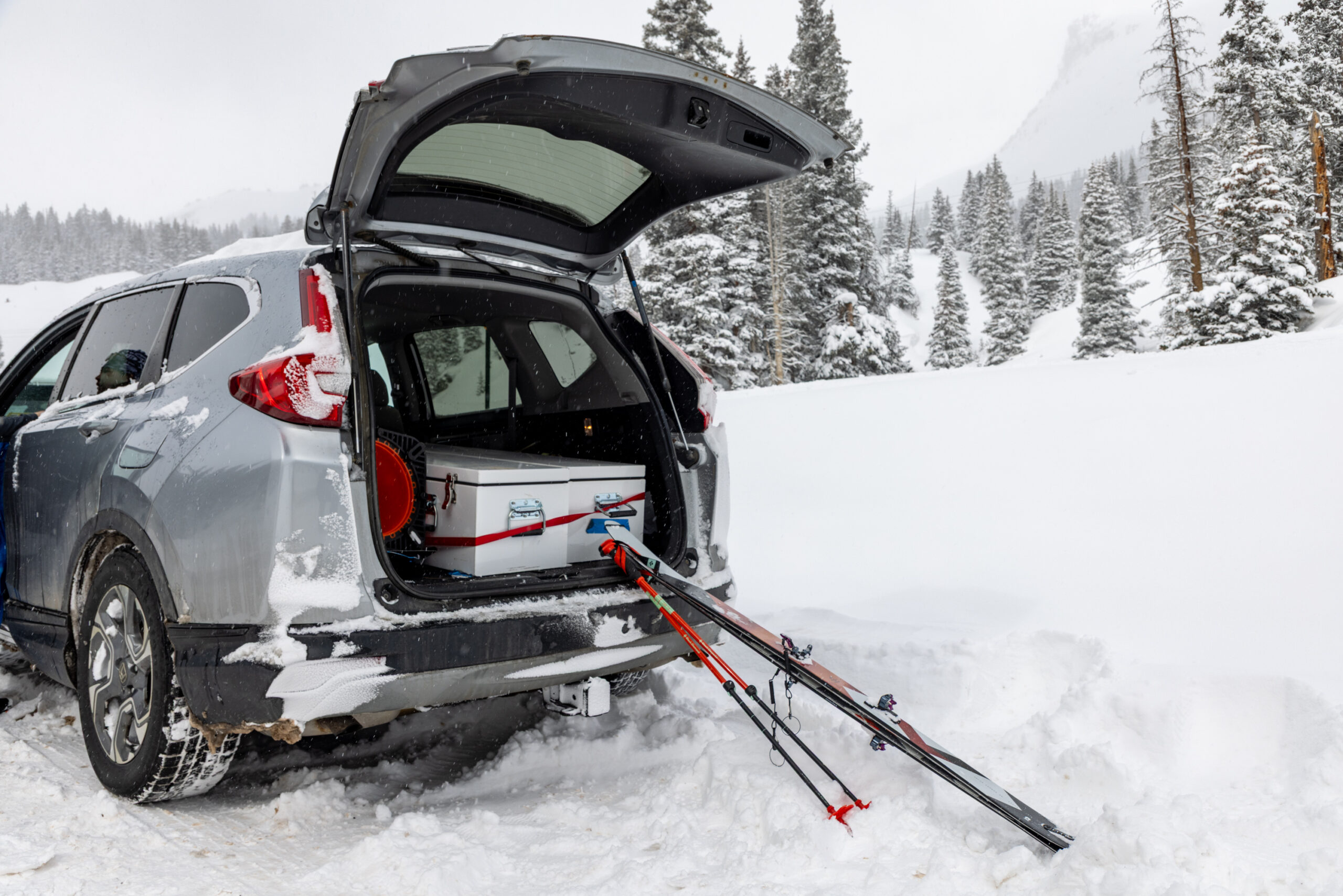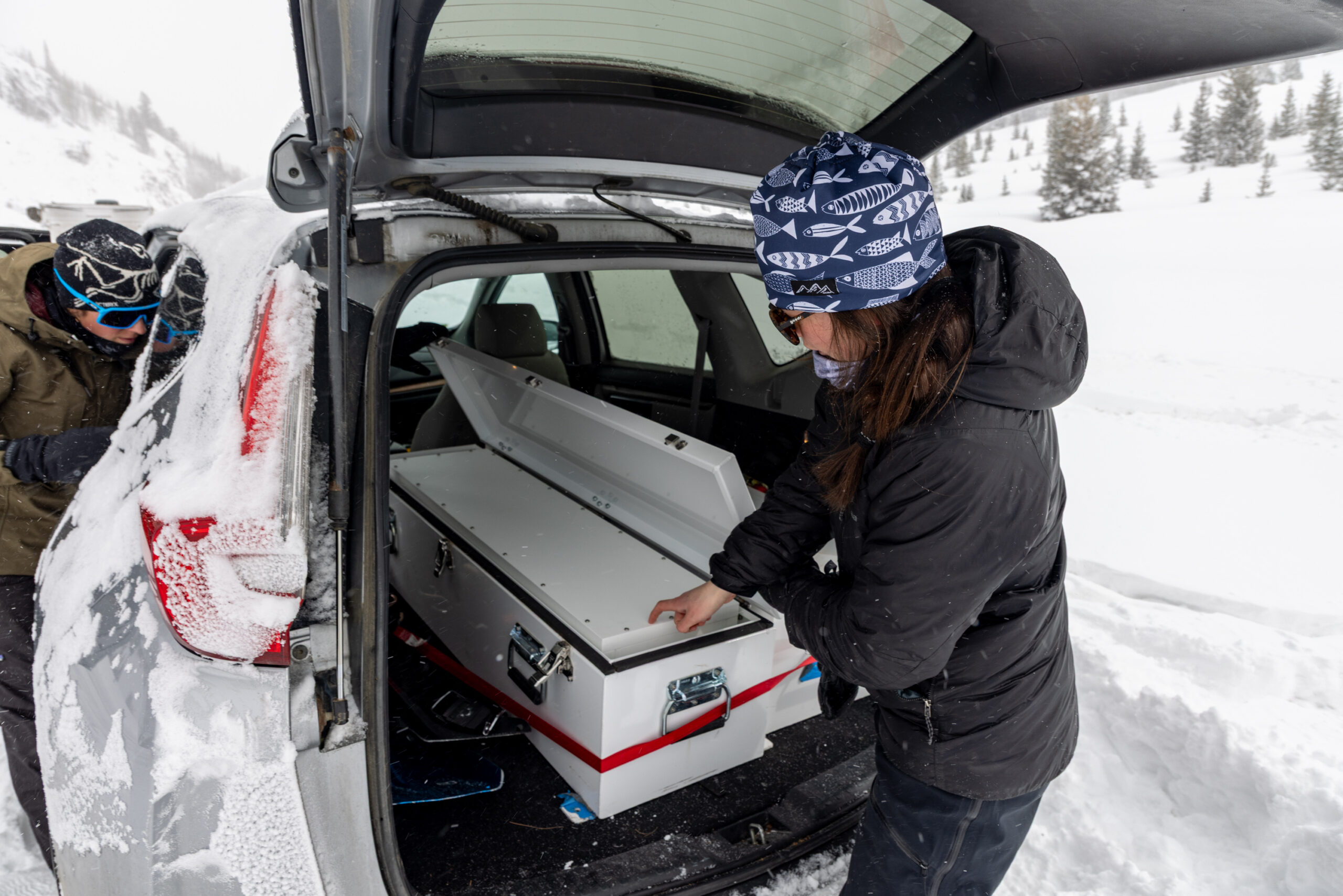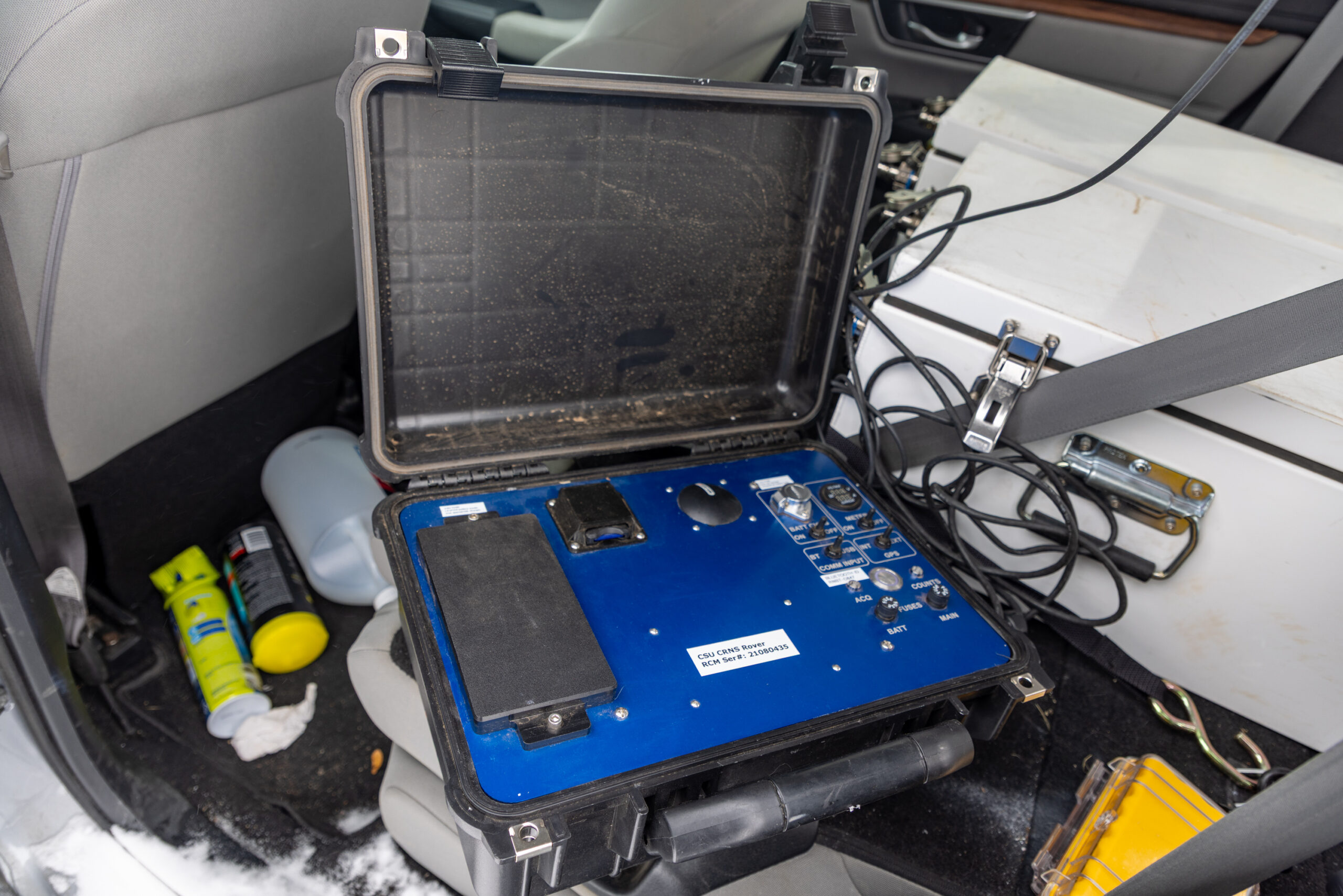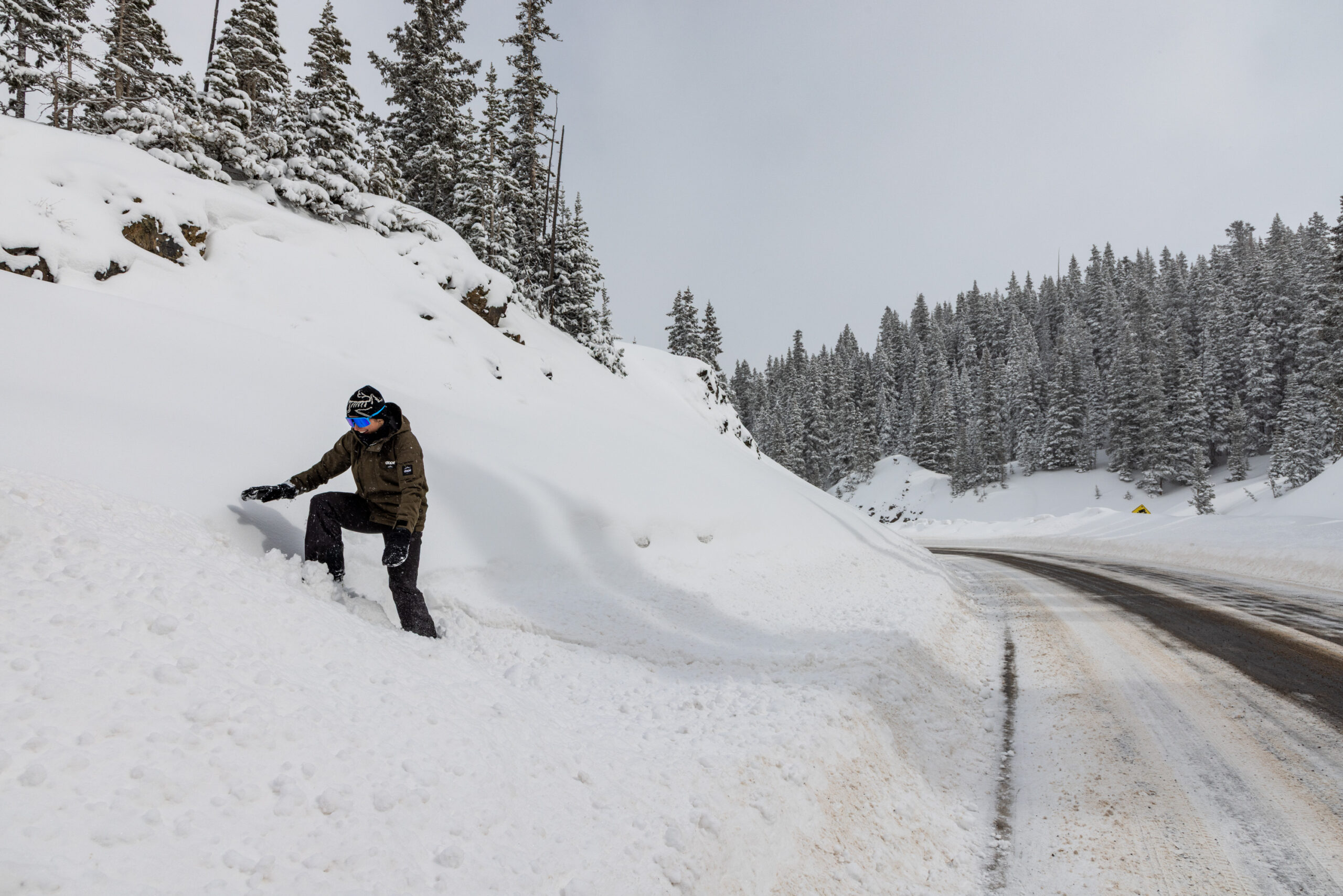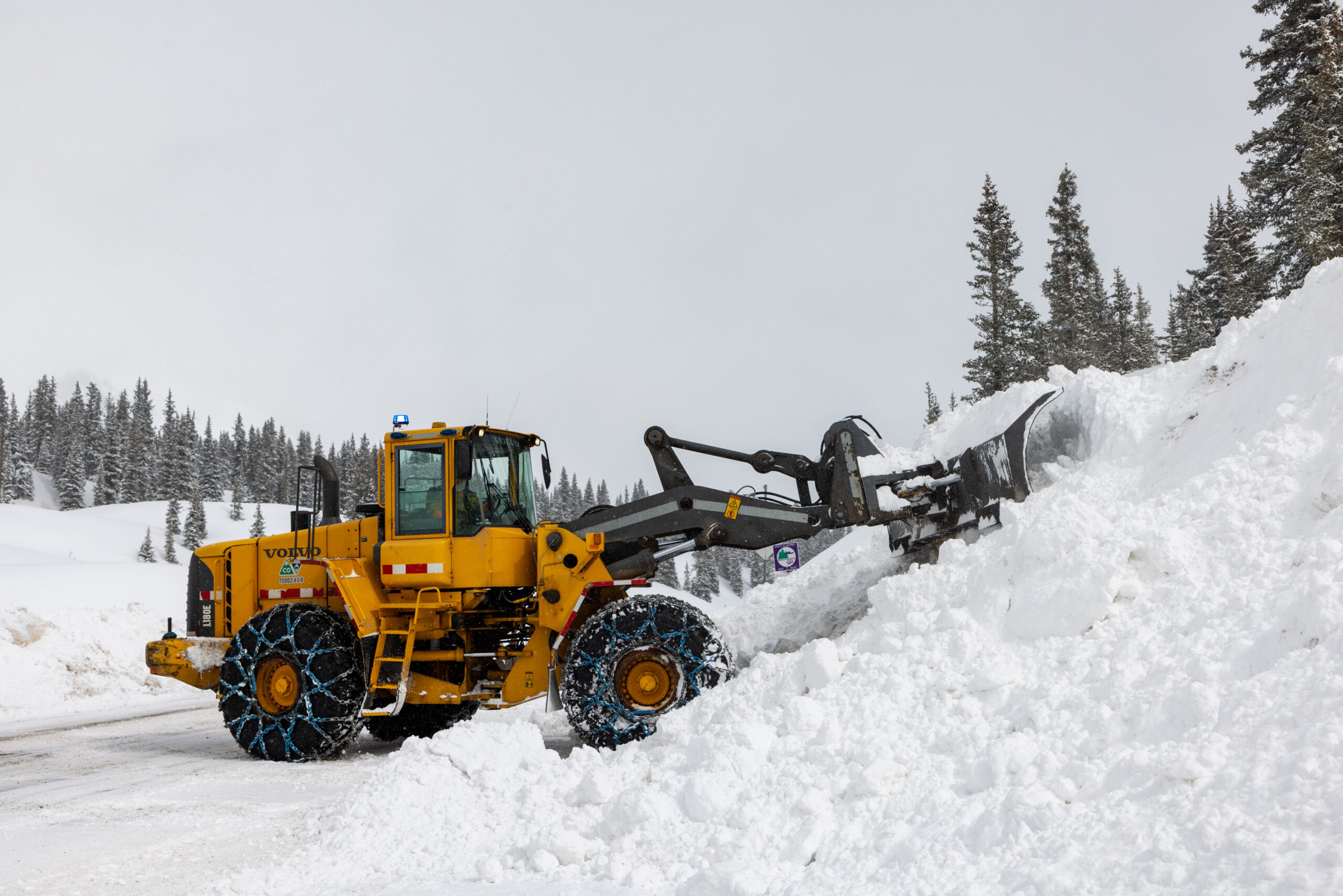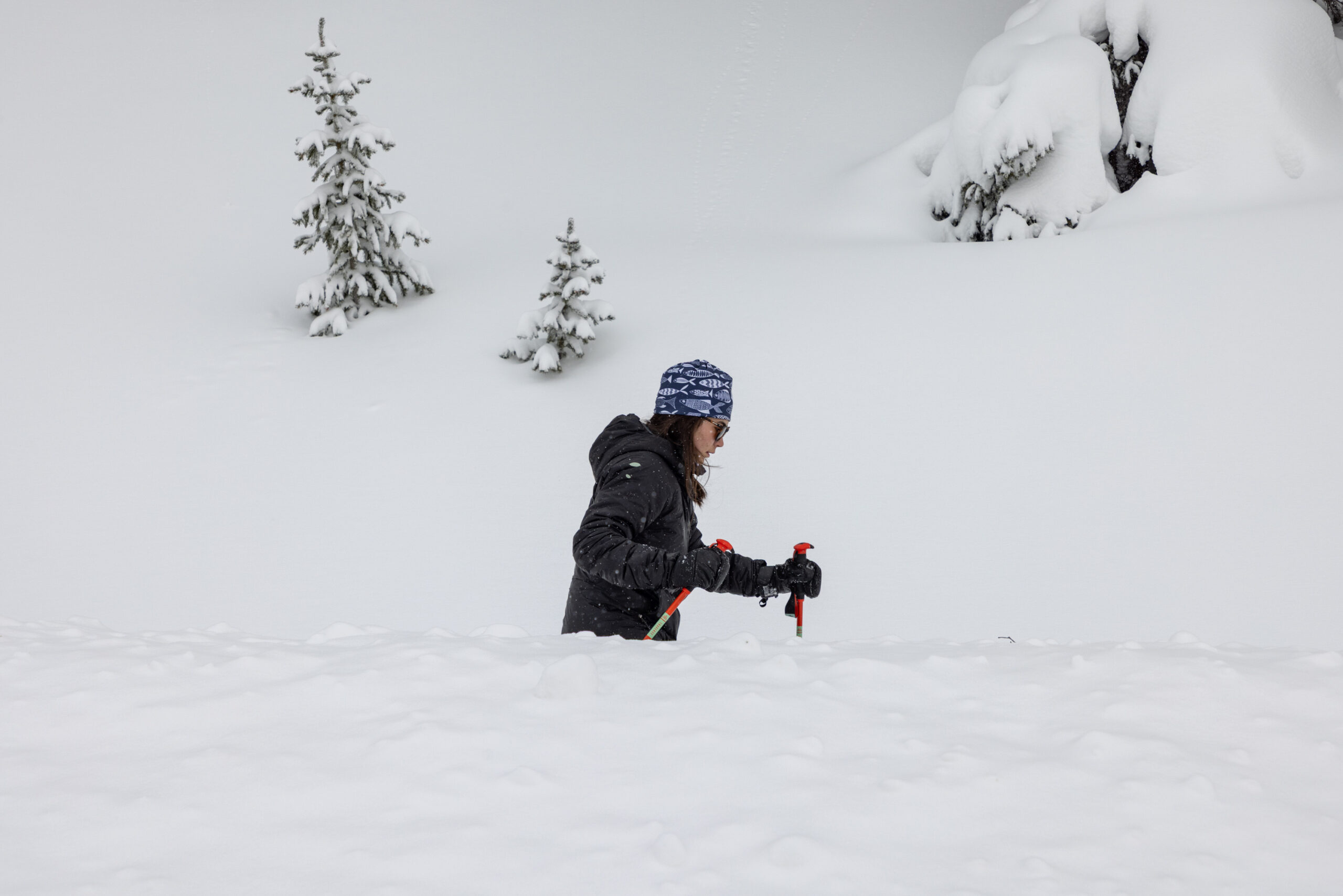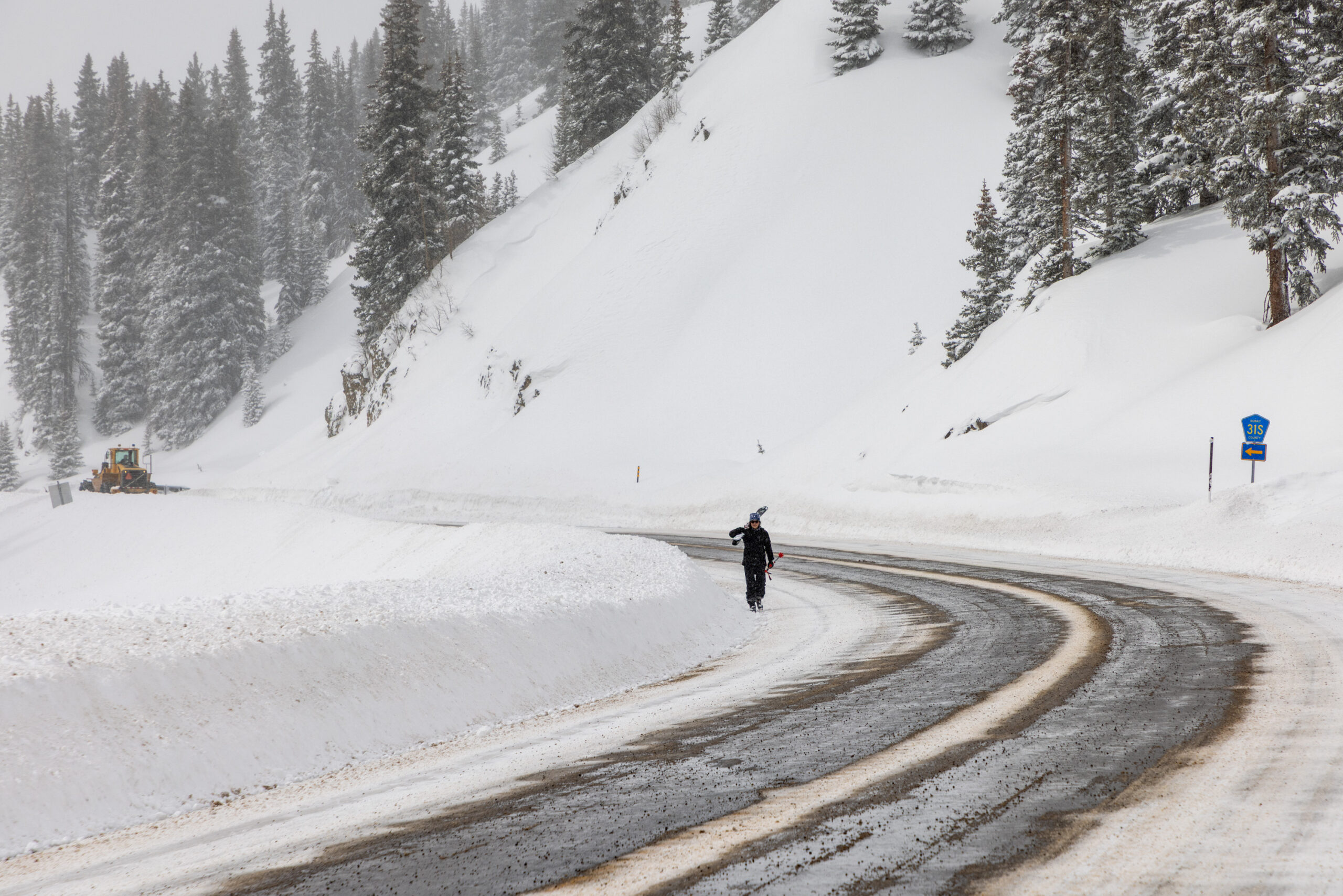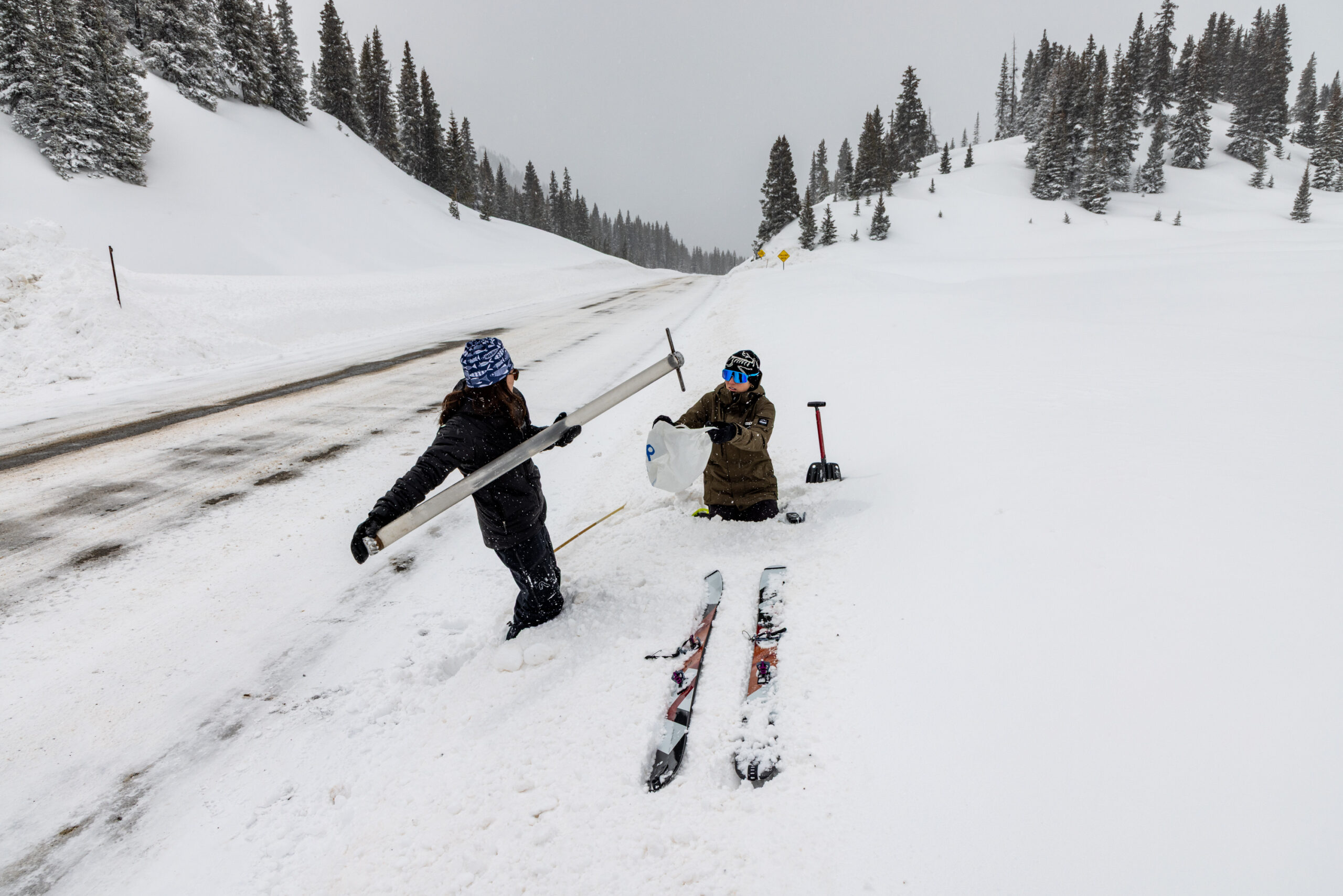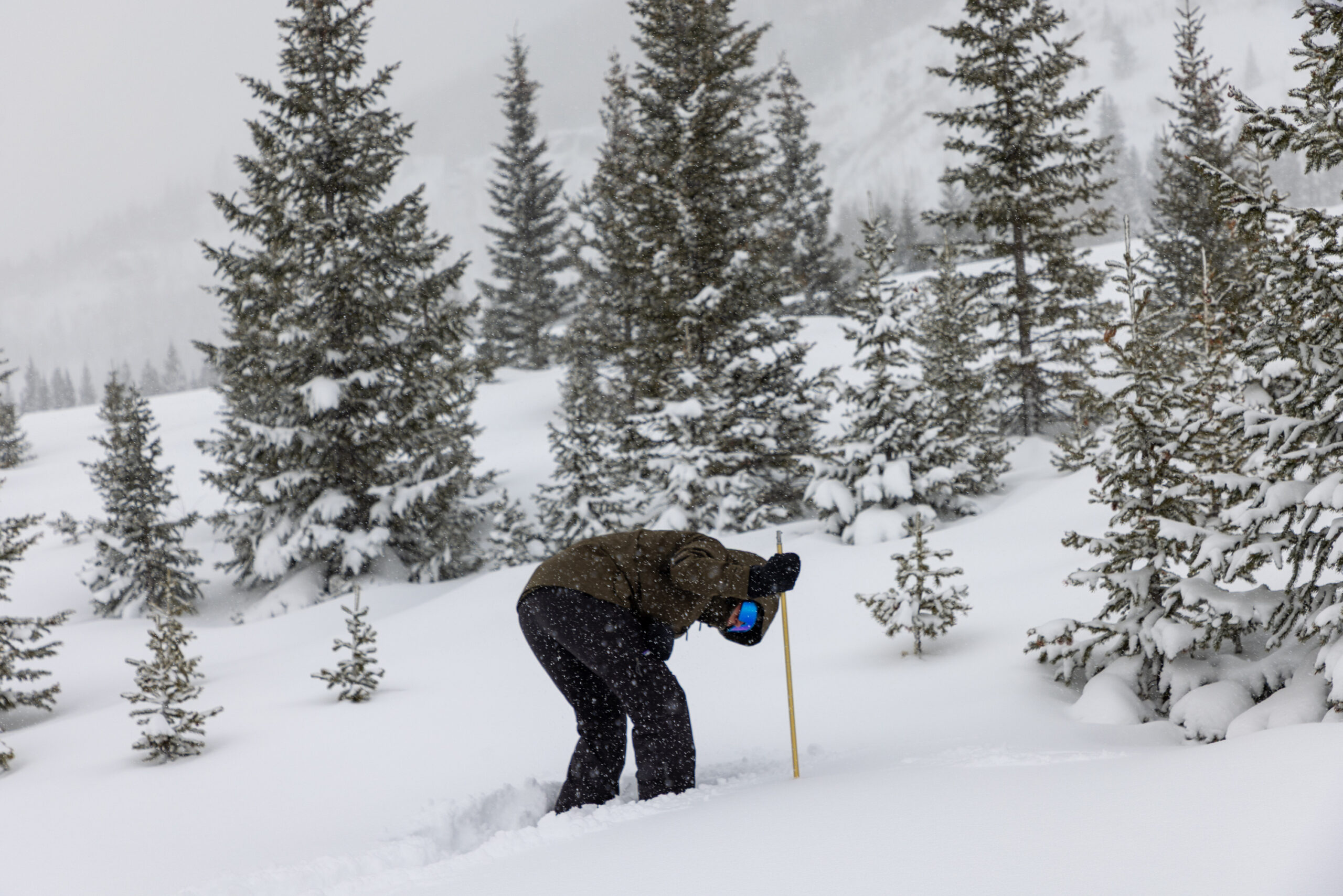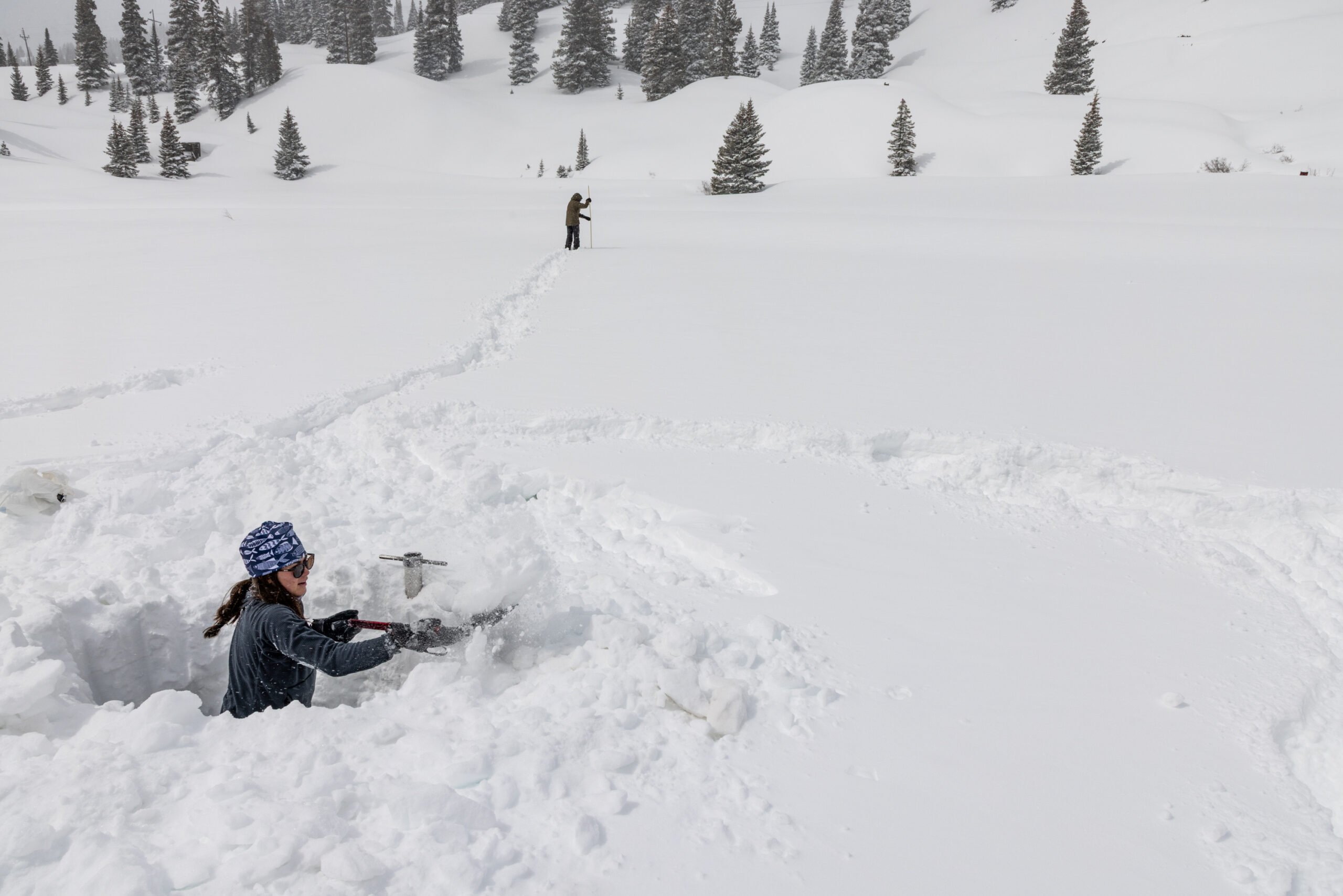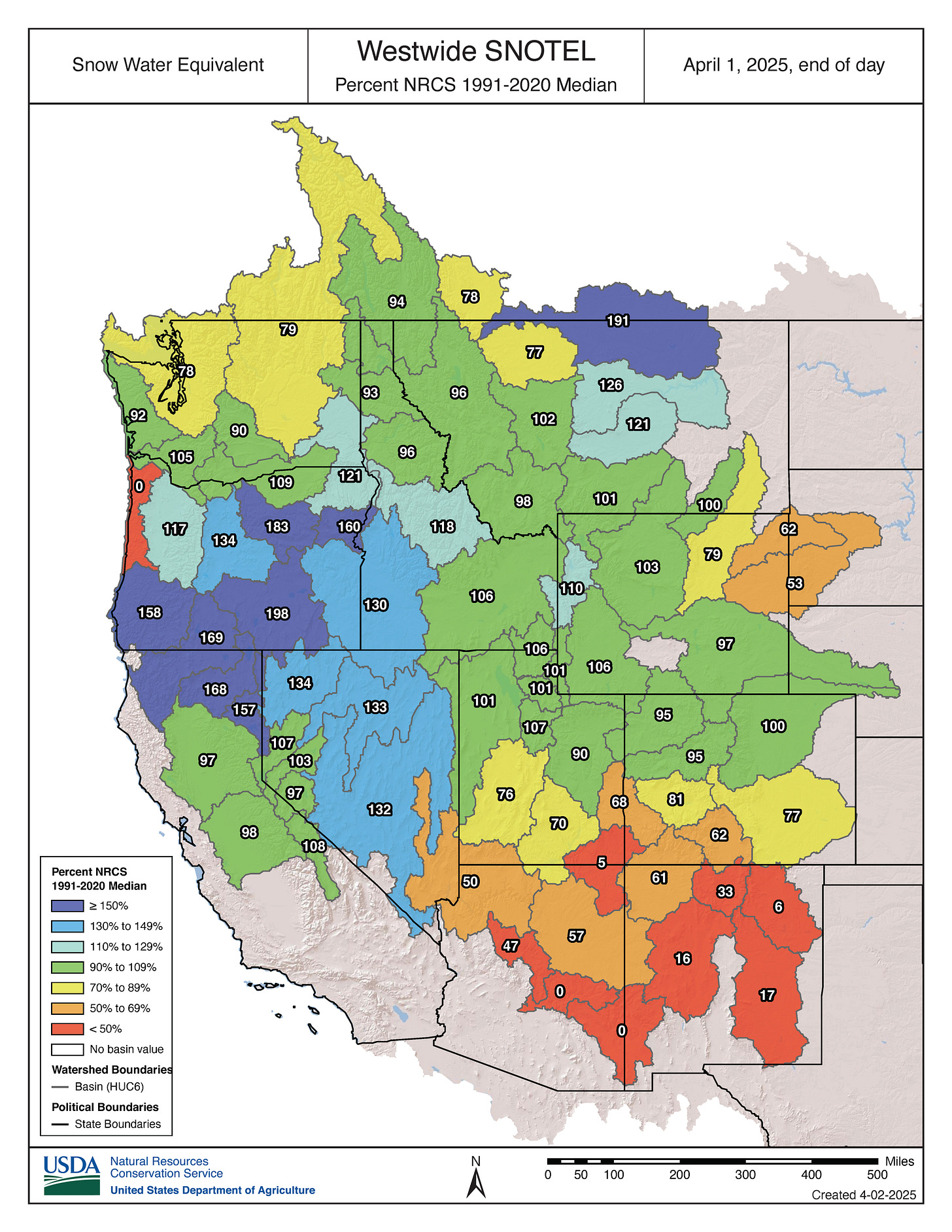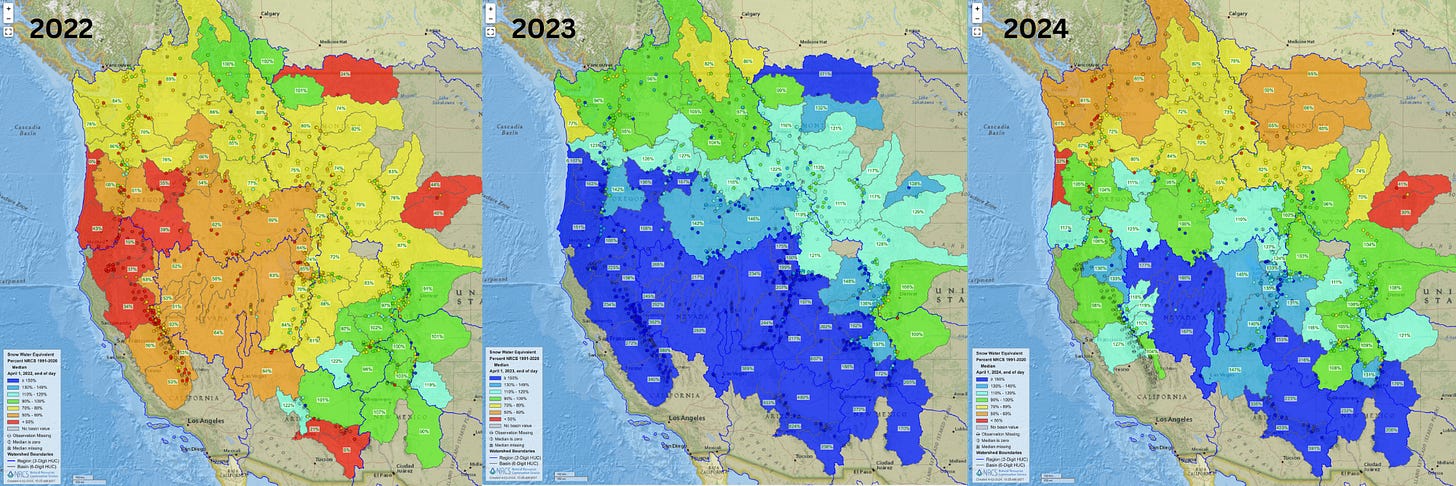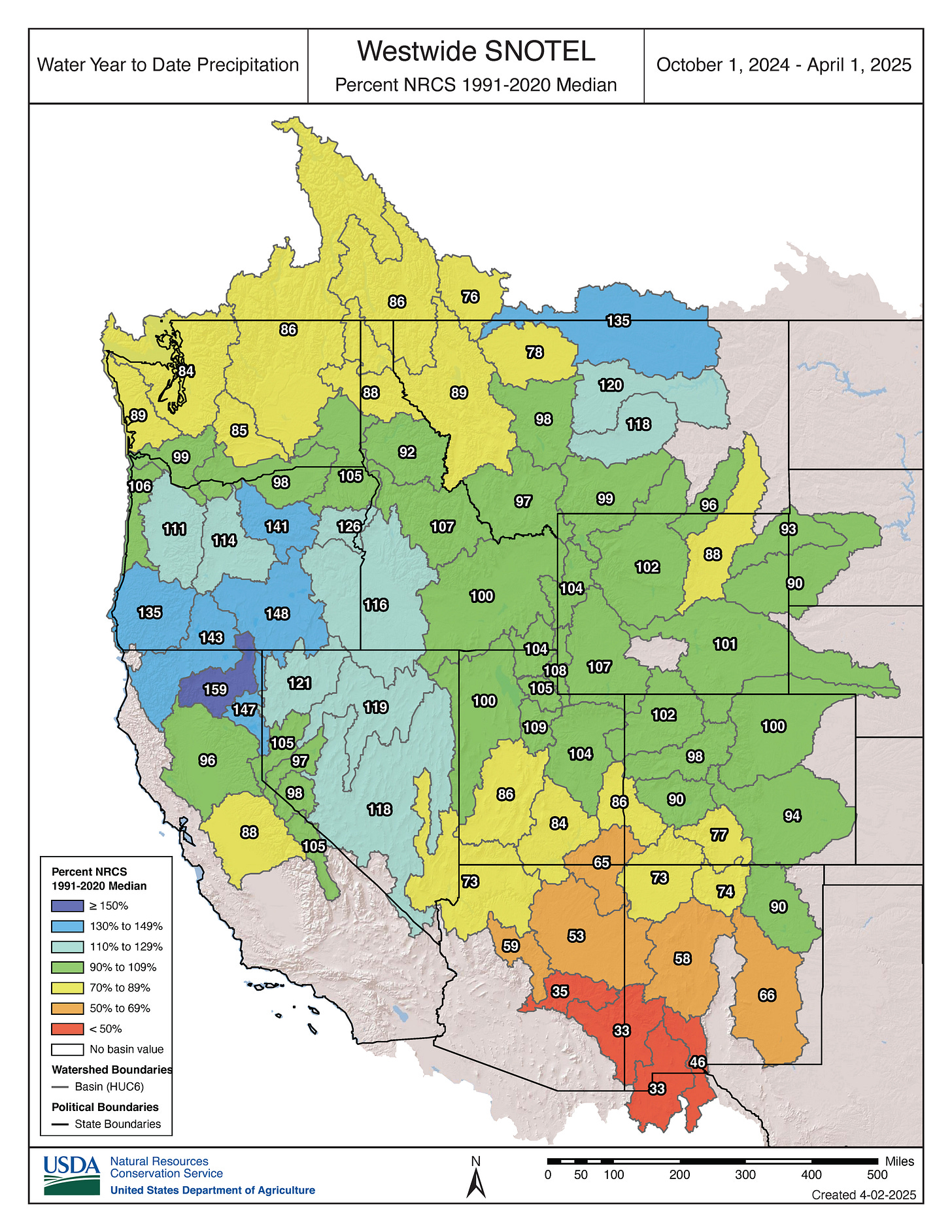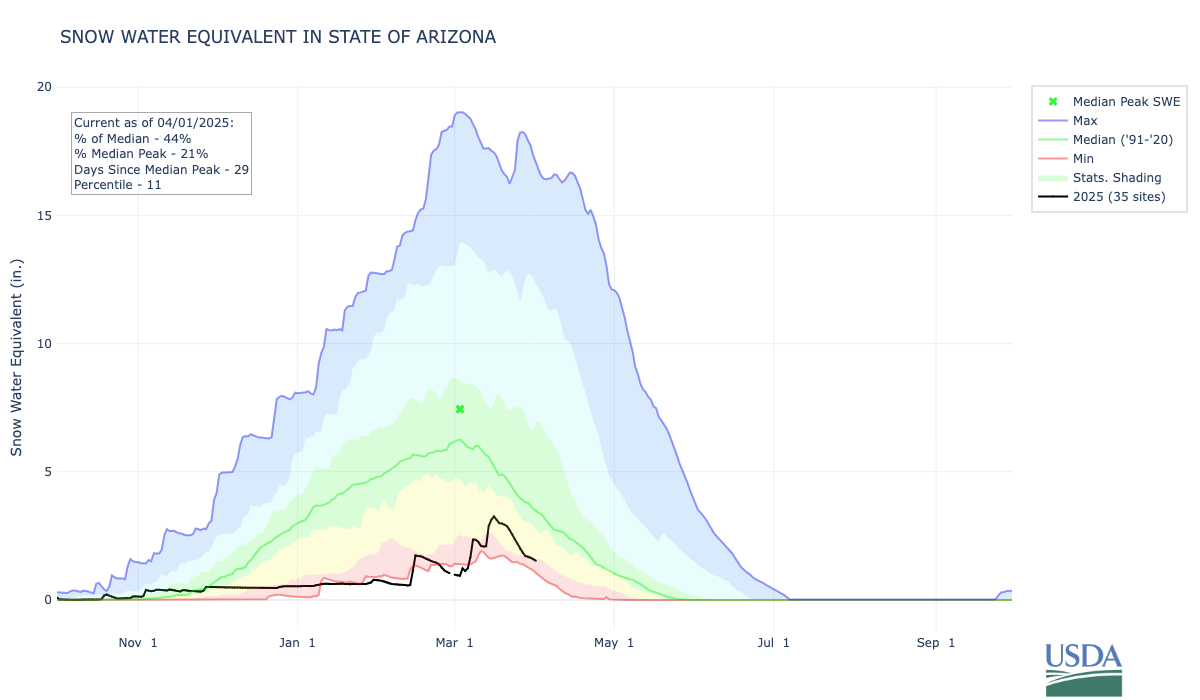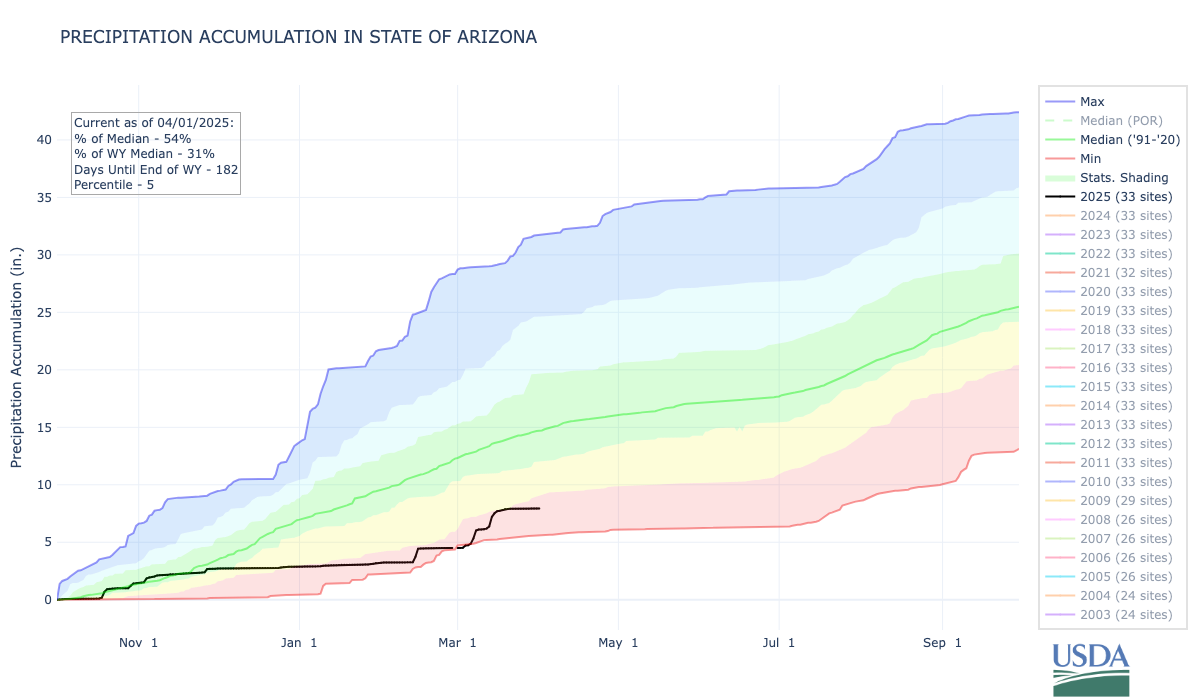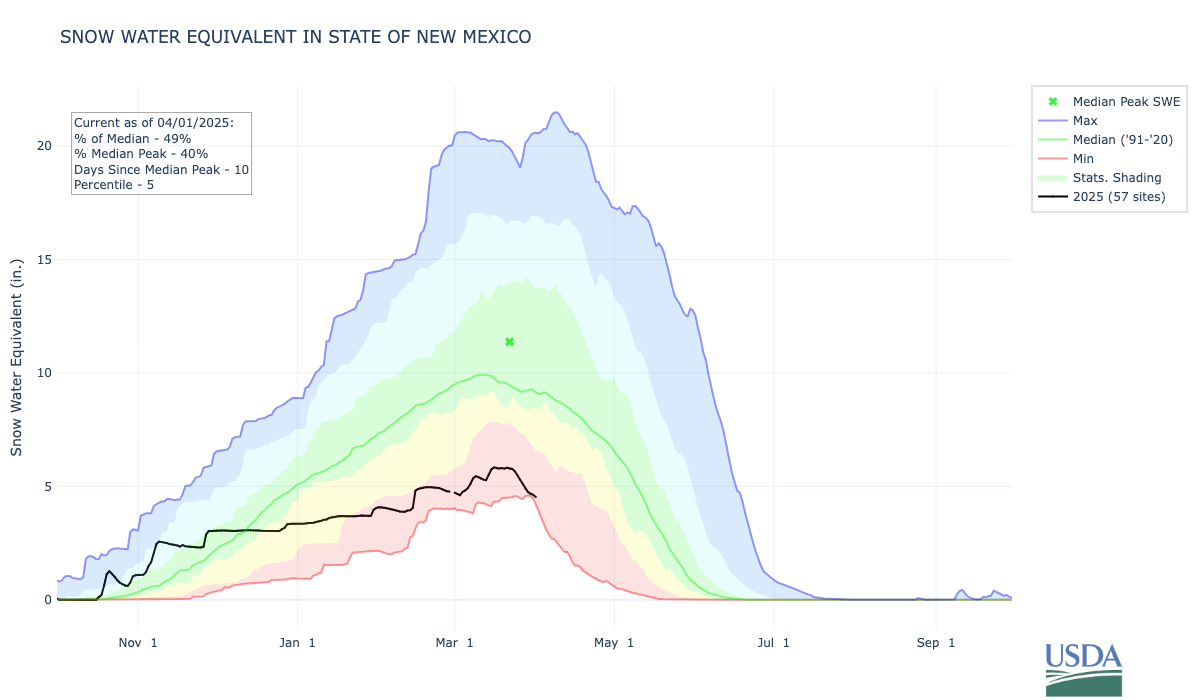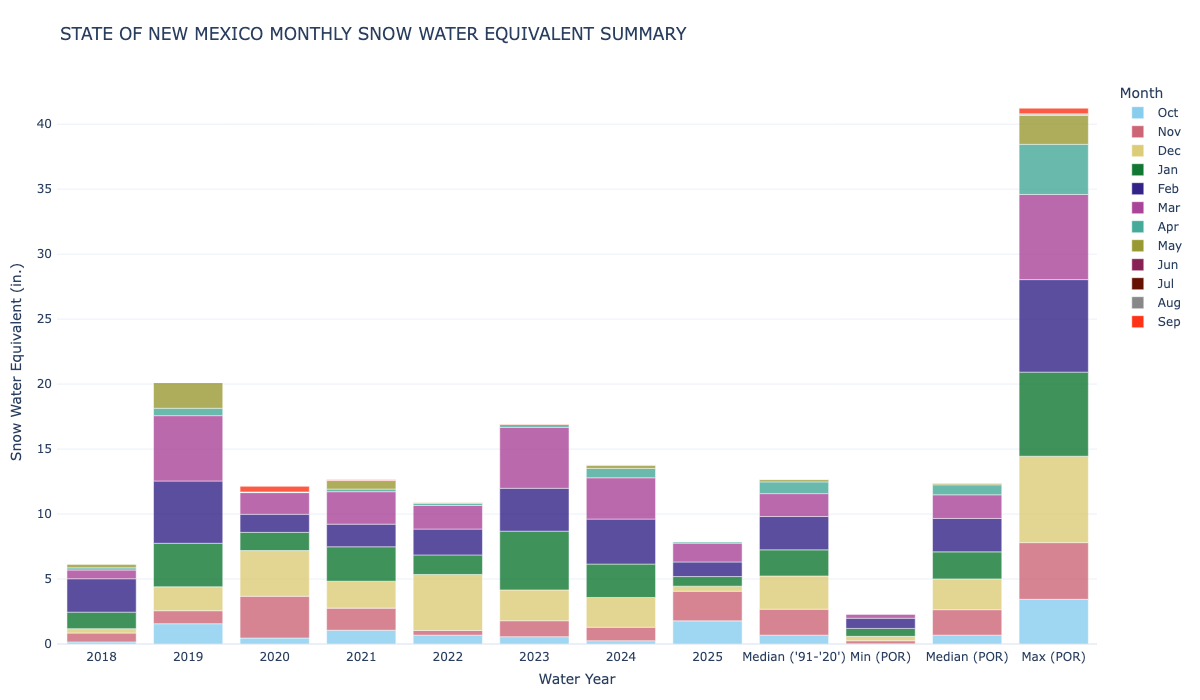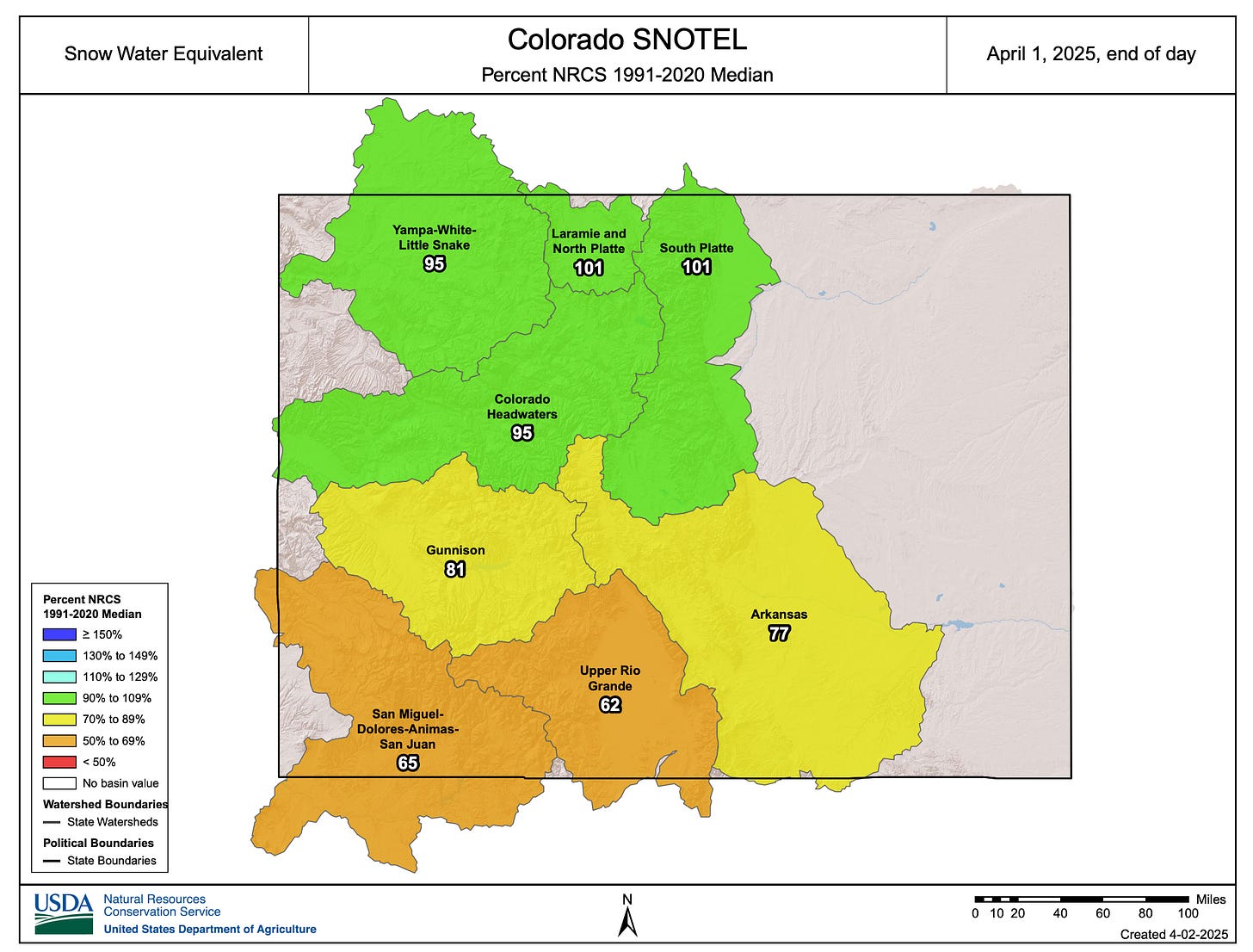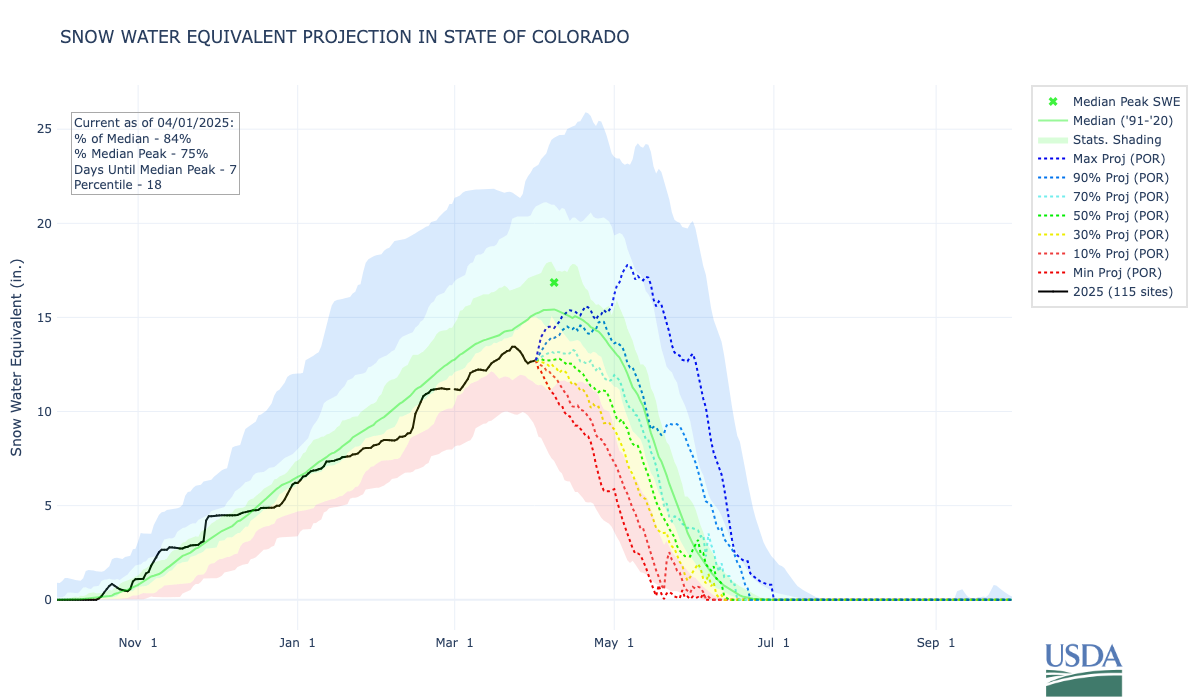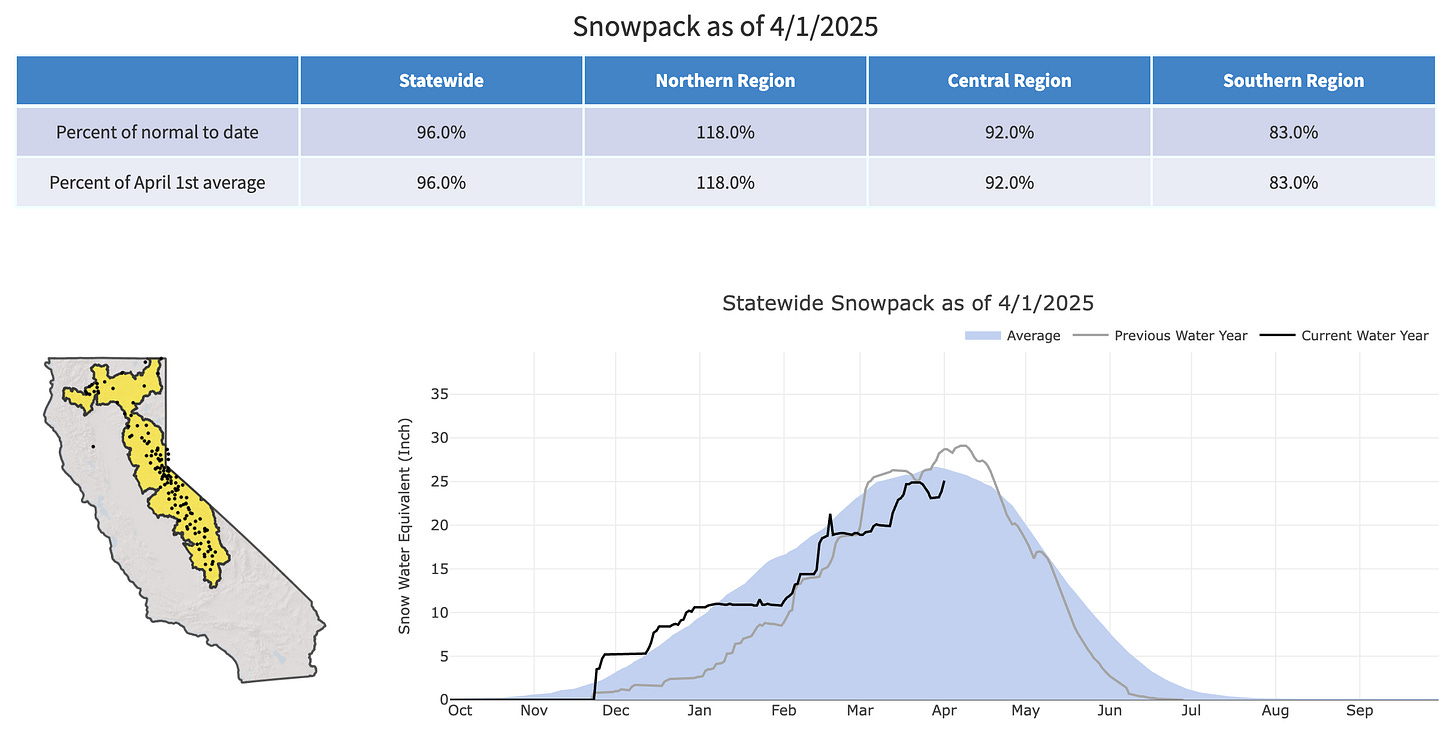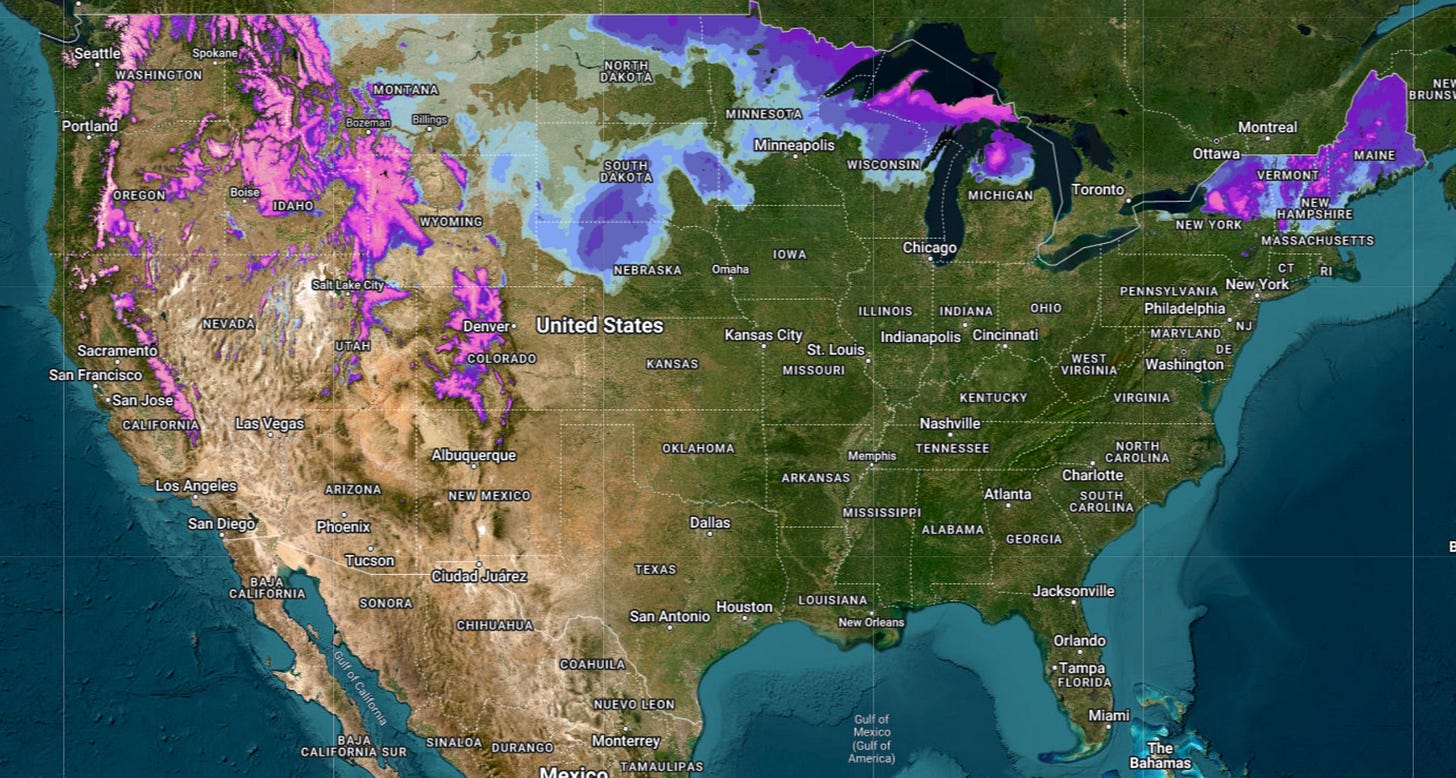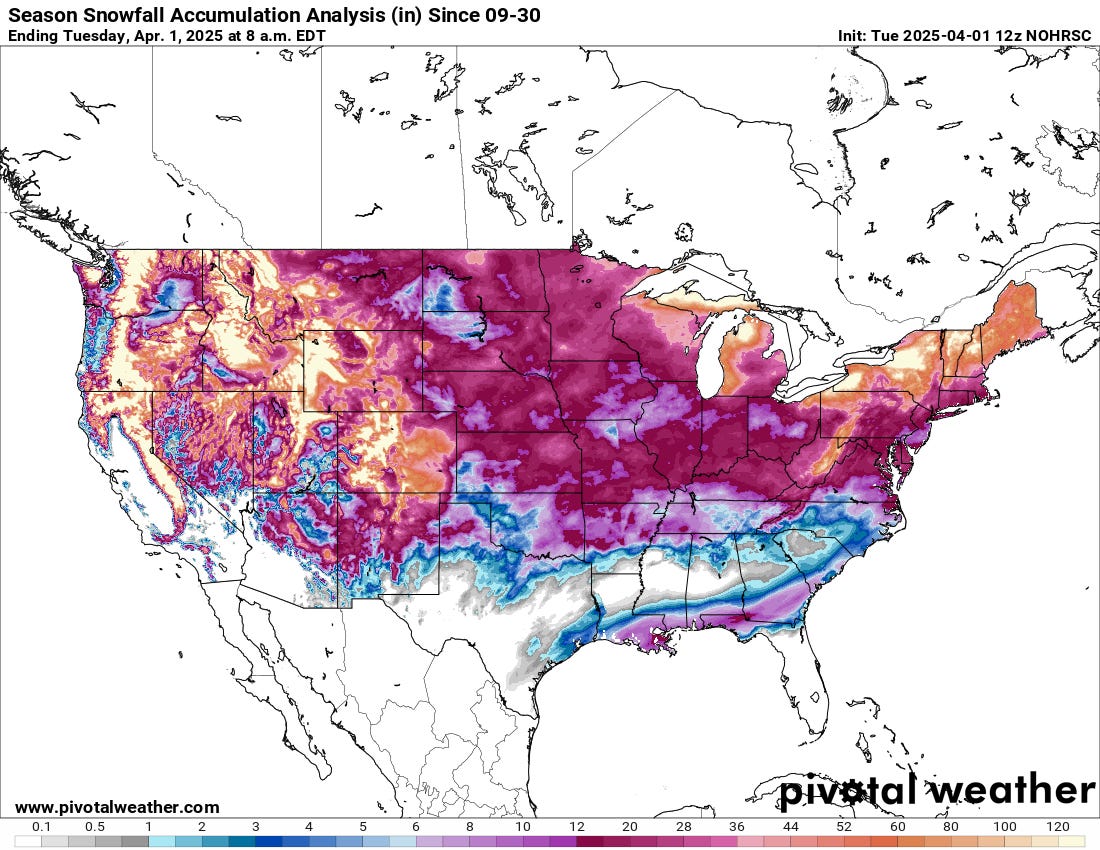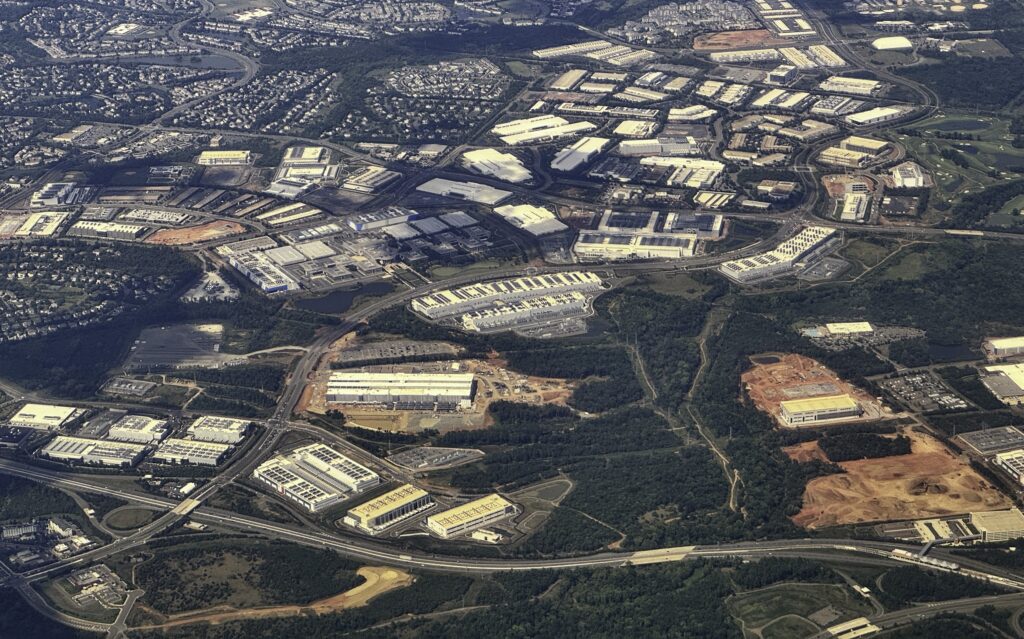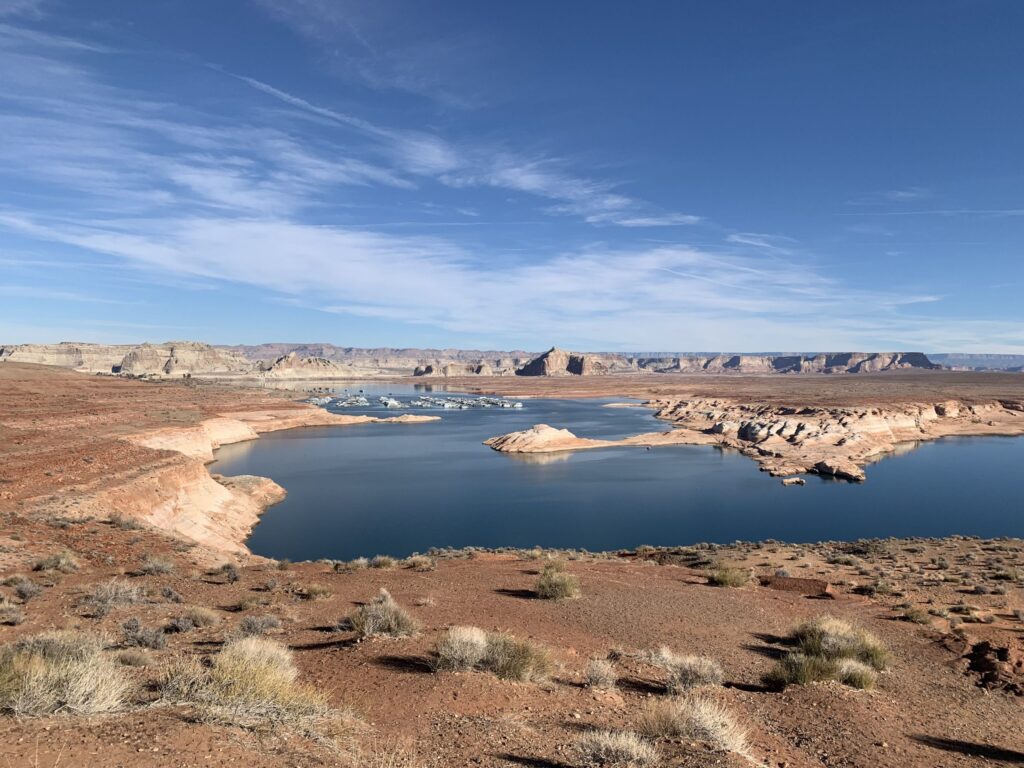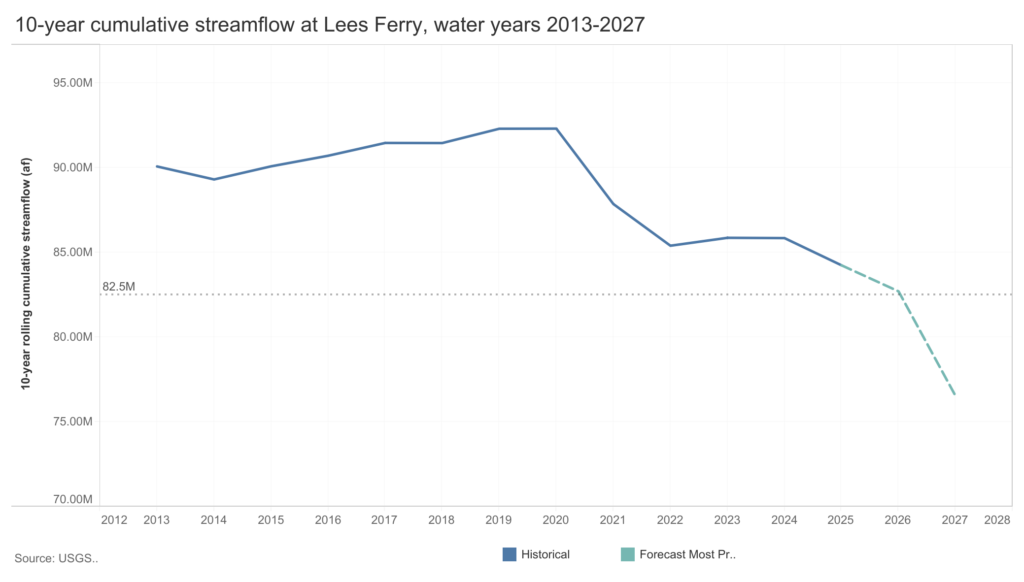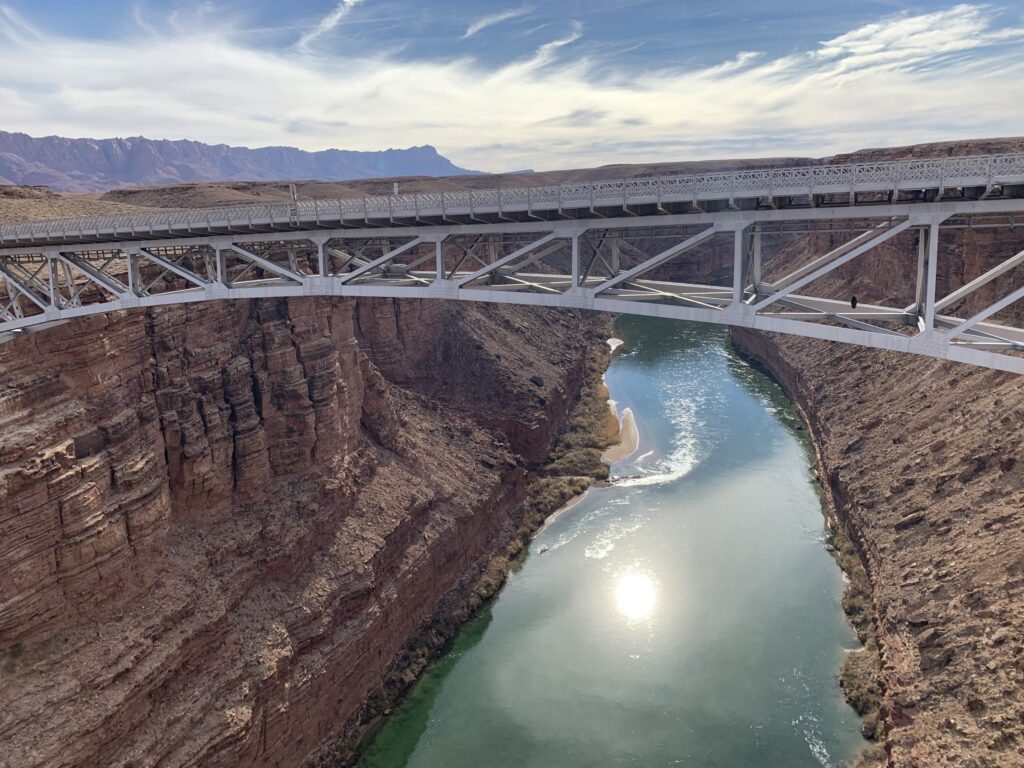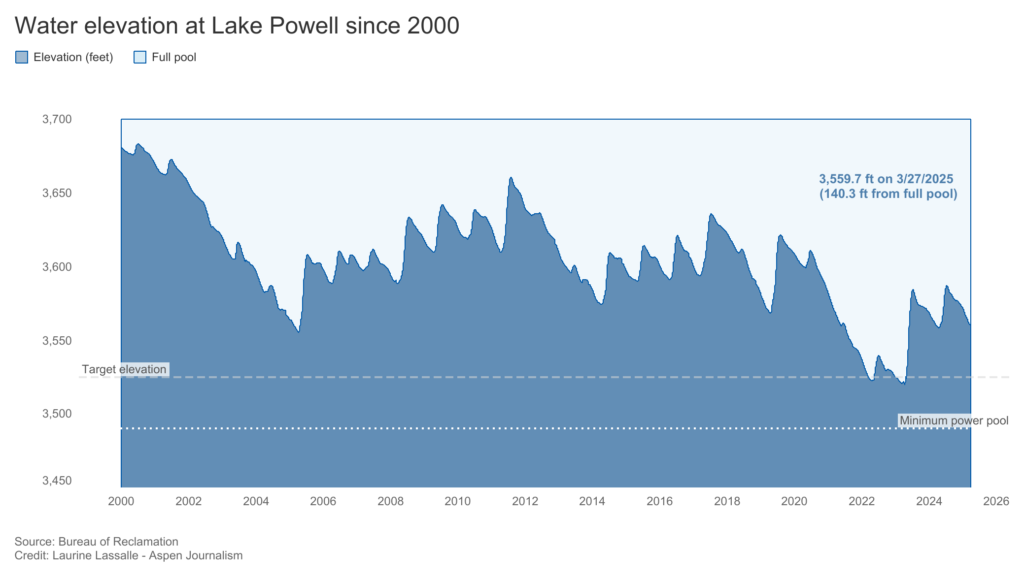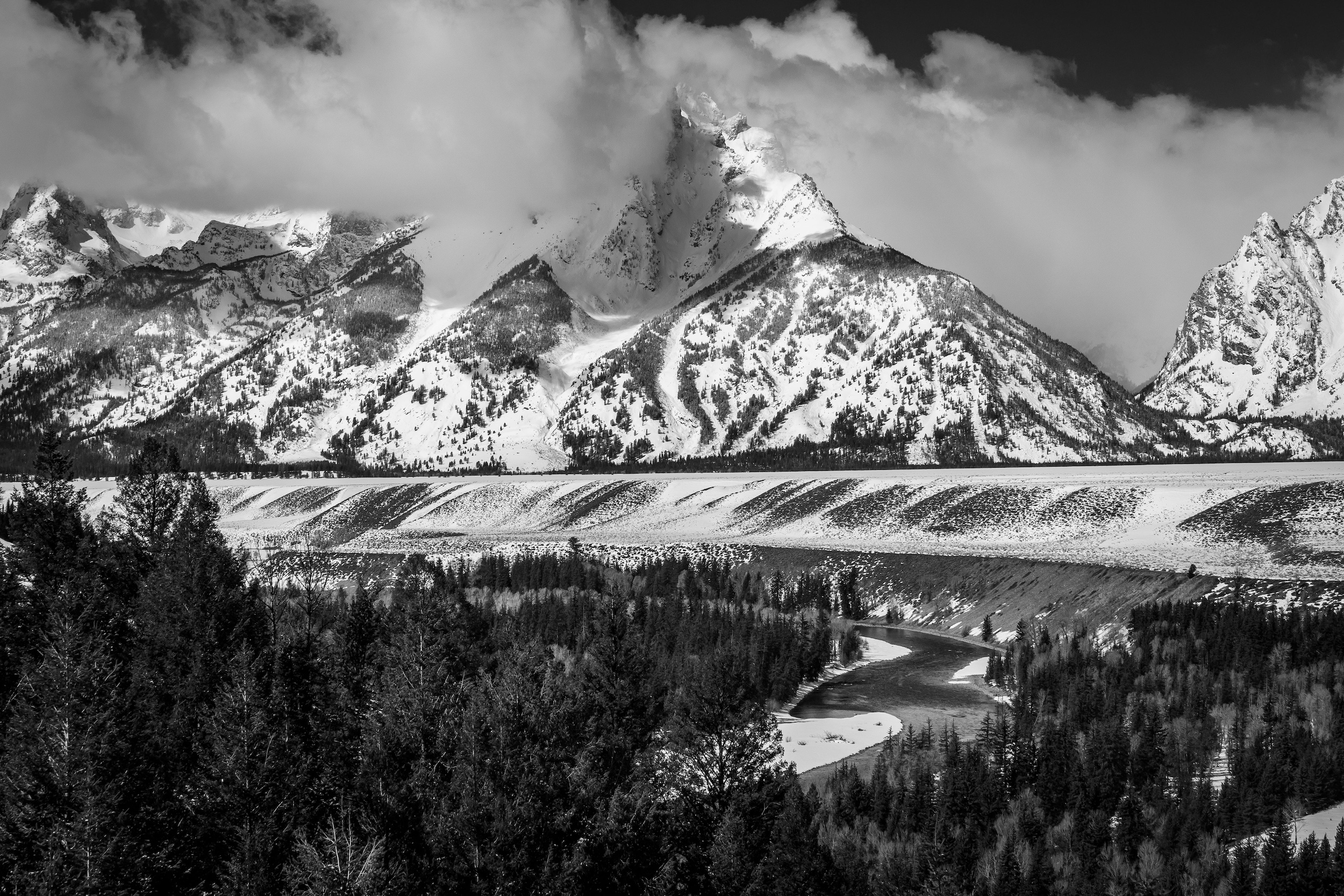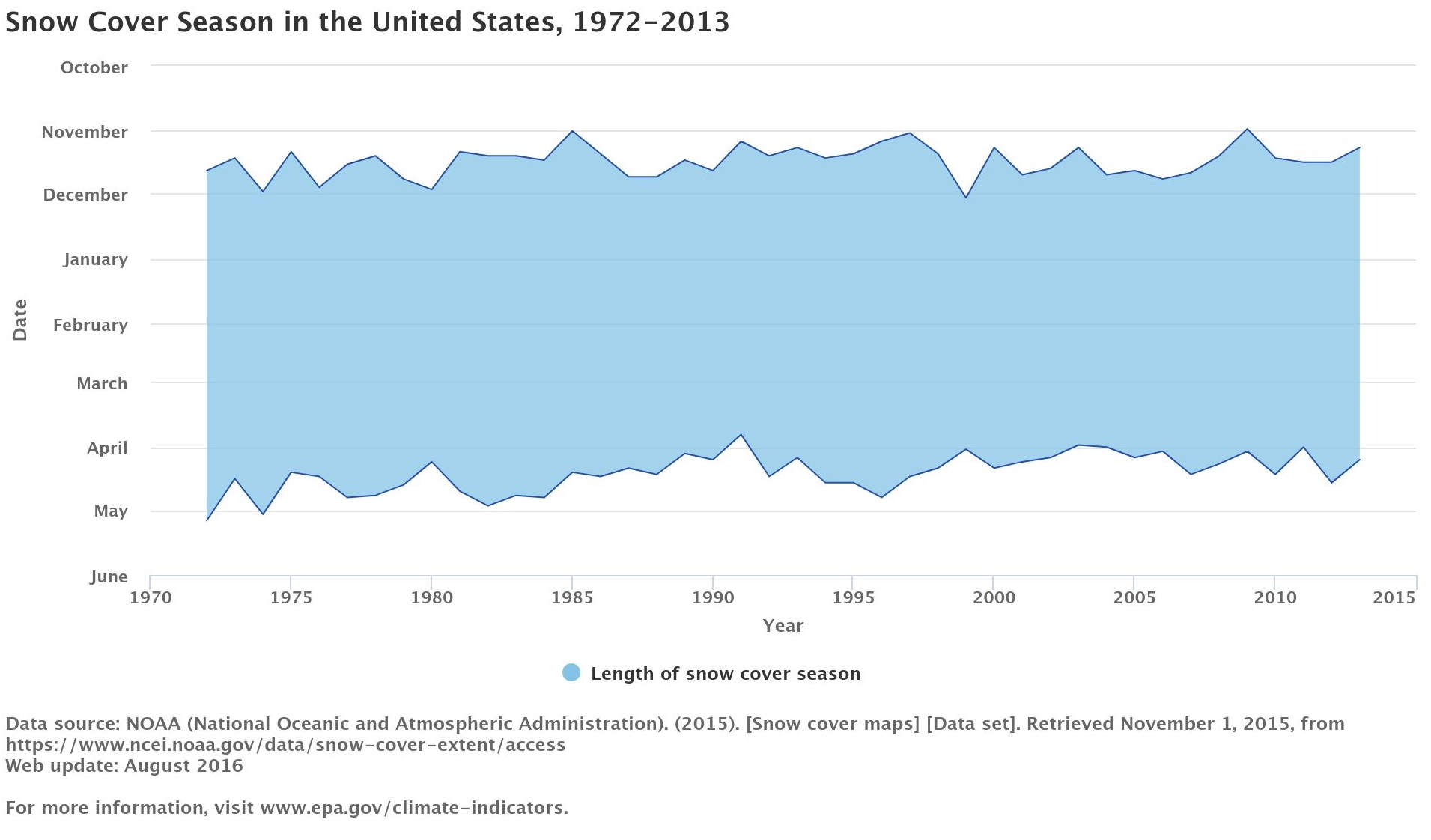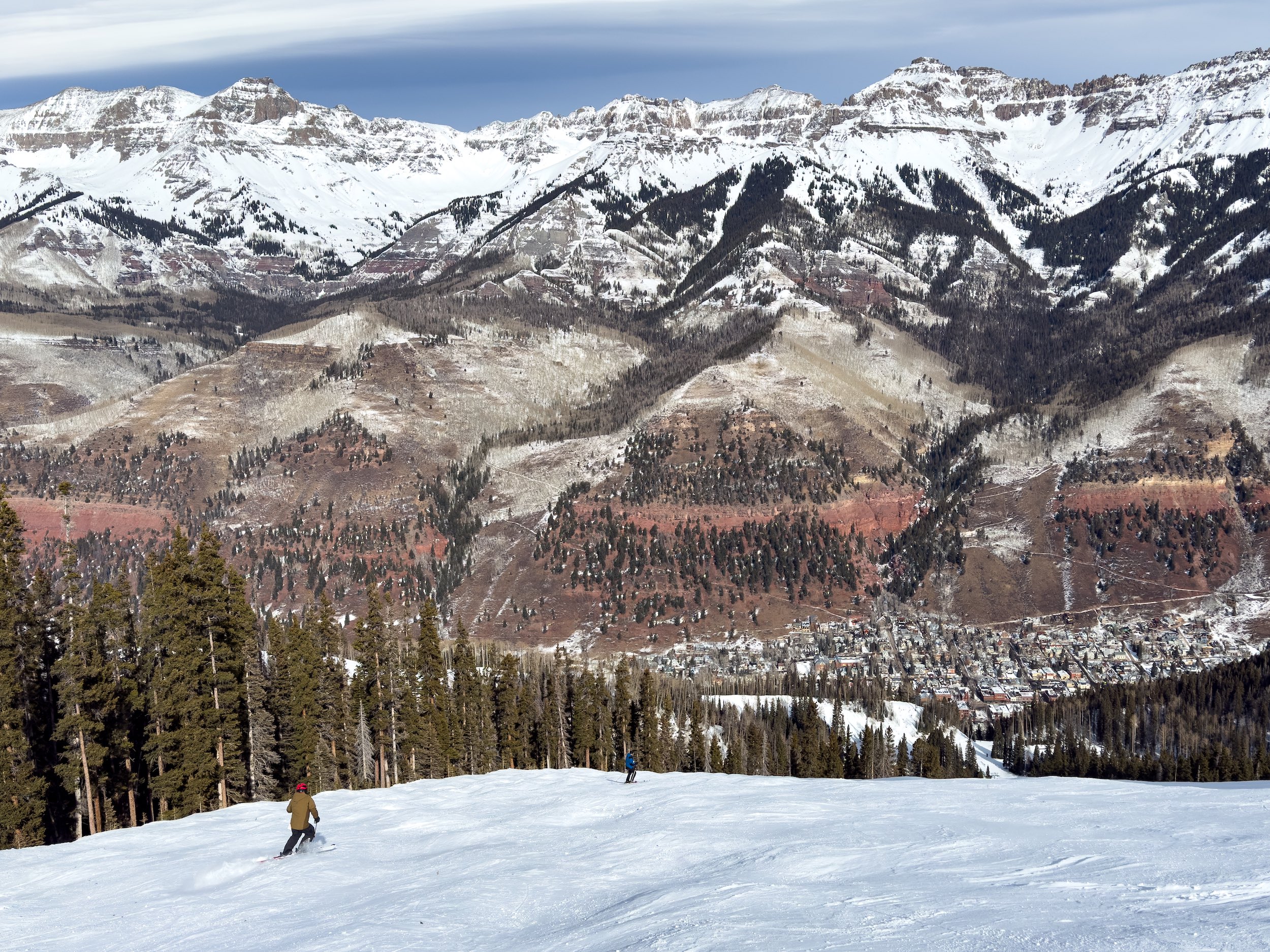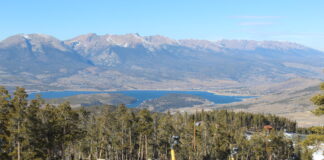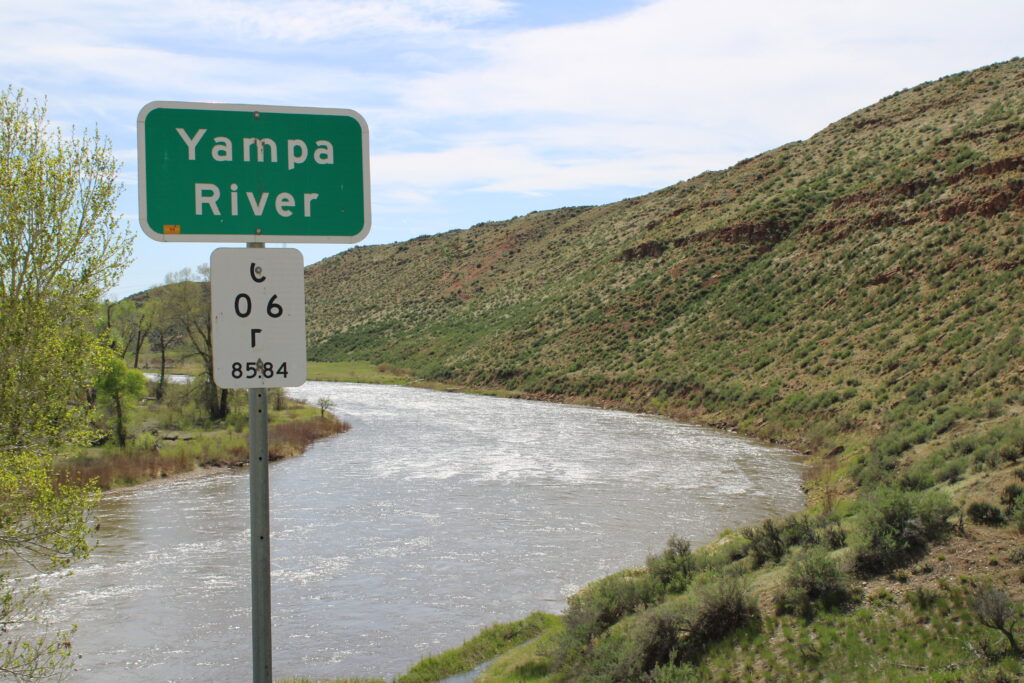
What used to be a calm stretch of the Yampa River near Craig, Colorado, now boasts a new set of rollicking whitewater rapids.
They’re not the result of some new rockslide. The boulders in these rapids were selected to create just enough splashy holes to attract kayakers, and they act as the focal point of the city’s new effort to draw residents and tourists down to the river’s banks.
On a breezy spring afternoon Melanie Kilpatrick, the project manager overseeing the construction of the new Yampa River park, stood along its banks as large earthmoving machinery prepped more large boulders for placement in the river channel.
“I’ve always felt like the Yampa has been an underutilized asset in the area,” Kilpatrick said, noting that the river hasn’t always been seen as a recreation amenity. It flows to crops and through the nearby coal plant. But its ability to generate tourism dollars was underplayed, she said. Just getting down to its banks has been a challenge.
“I may have come to tube the area, but access is very rough and rustic,” Kilpatrick said.
Craig, a city of 9,000 residents in Colorado’s northwest corner, is facing a big transition. The local coal plant is slated for closure in a few years. The ensuing economic anxiety sent its leaders looking to diversify and establish a new draw for tourists. They decided to double down on becoming a recreation hub for the region, centered on the Yampa River, which flows through town.
The Yampa River Corridor Project is set for completion in October. It boasts new rapids, an established boat ramp and improvements to the city’s drinking water infrastructure.
But unlike officials in other Colorado communities, Craig officials have so far chosen not to pursue a water right to support this new recreation amenity.
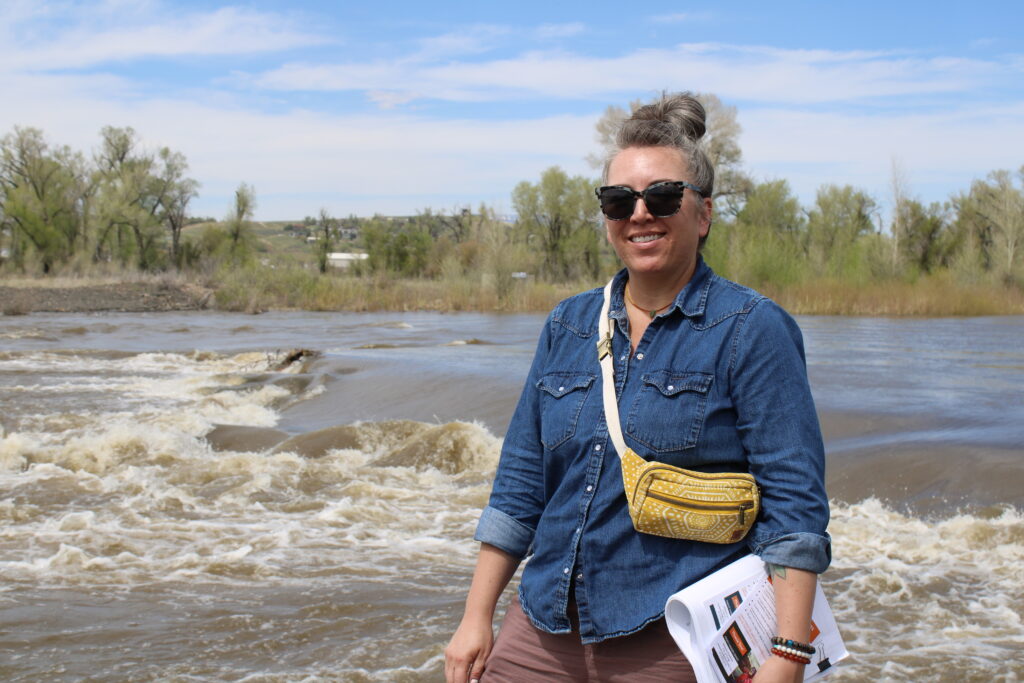
The Yampa’s flows are notoriously hard to predict, and rather than ruffle feathers with other local users, the city has tabled discussion over what is known as a recreational in-channel diversion, or RICD. The right can hold a place in line in Colorado’s water appropriation system and gives legal standing to the cities and towns that invest in whitewater parks. If exercised, an RICD could force another water user on a stream to stop diverting in order to preserve flows for recreation alone.
In the arid West, a hierarchy of water users has long favored agricultural and municipal uses, some of the first major uses to come online during the region’s colonization. Newer uses that embody the Southwest’s changing values — uses such as incorporating water to support ecosystems or to boost recreation — have had to weave their way into that more traditional, inflexible system. And recreation advocates are often trying to forge new alliances with traditional users to further their aims or to avoid causing undue friction among their fellow users.
In the design and construction of the city’s new whitewater park, Craig’s leaders considered obtaining an RICD but aren’t ready to pull the trigger, Kilpatrick said.
“We were very mindful about flow levels, but also just, you know, concerned about what’s happening on the horizon,” Kilpatrick said. “We can’t design this massive park if we don’t have the flows to support it. And that’s not what we intended to do. We wanted to build something that would naturally integrate in the flows that we anticipate to see now and in the future.”
Part of the city’s calculation is that in the short term, there’s a good chance that the existing water rights structure on the Yampa will end up benefiting the park even without any additional protections. Large users with older water rights sit downstream of Craig. When those farmers and ranchers call for water through the river channel, it ends up flowing past the city anyway, boosting its flow. The same goes for additional flows to protect endangered fish species farther downstream that can happen throughout the spring and summer months.
But even with a rosier short-term outlook for flows, Kilpatrick said there is growing concern about the Yampa’s viability in a warming, drying world. Eventually, she said, there could be a good reason to apply for a recreational water right.
“I think at least keeping that dialogue going is going to be an important factor as we kind of determine, as a community, whether that’s something we approach or not,” she said.
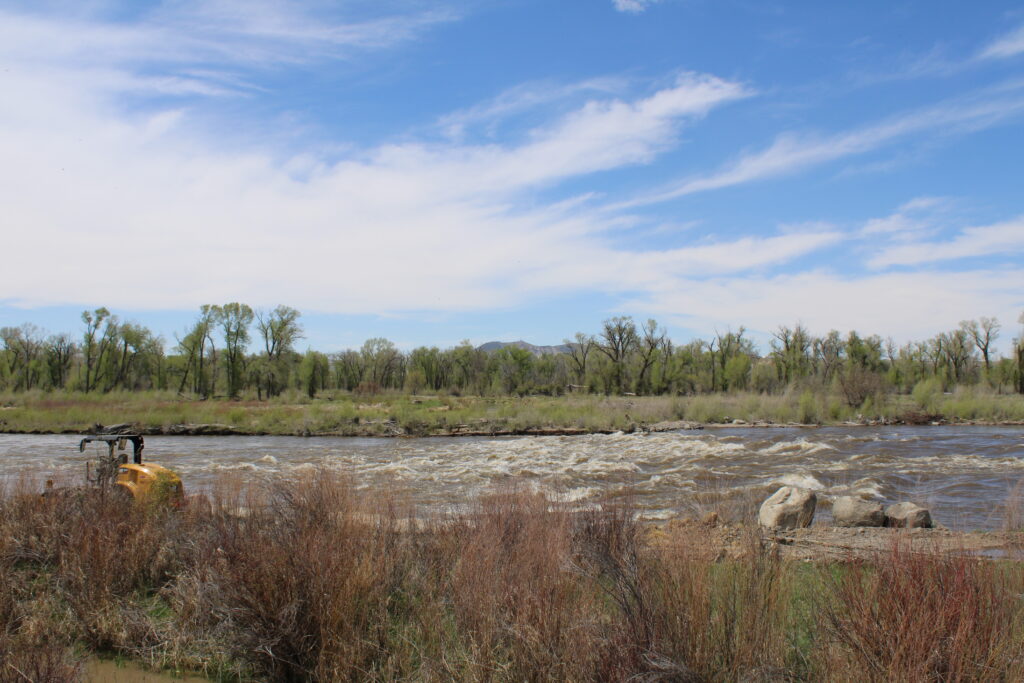
Meeting multiple needs at once
It’s a similar story a couple hours’ drive south in Grand Junction, where a meandering side channel flows off the Colorado River, ready for tubers and stand-up paddleboarders. Over Memorial Day weekend, dozens of people splashed and swam along the banks to cool off amid temperatures in the mid-80s.
“It’s a great amenity for the city of Grand Junction and the whole valley to get to come down and experience the river in a way that wasn’t really accessible before,” said Hannah Holm, associate director for policy for the advocacy group American Rivers.
The side channel is relatively new and gives residents a safer way to come play in the swift-moving Colorado. The river through town can drop very low in the summer — too low to comfortably raft it at times — as farmers draw water away to grow crops. Here, too, recreational use often holds a lesser legal standing. Water isn’t guaranteed to flow all summer long through this side channel, even in very wet years.
A reach of the Colorado between the large diversion structures that take water off its main channel to its confluence with the Gunnison River has long been a focal point for recreation advocates who want to see more robust flows through town in the summer.
“So, we do have some water rights that are supposed to protect those values, but they’re very junior, and sometimes, sometimes, they come up short,” Holm said.

But much like portions of the Yampa, additional flows happen here for other uses — and recreation just happens to benefit as well. The reach through Grand Junction often is boosted to help endangered fish habitat or to generate hydropower at a nearby plant. That extra water also makes for good floating in rafts, kayaks and tubes. Getting limited water to benefit more than just one type of water user requires cooperation among all of them, Holm said.
Holm says it’s possible for the strained Colorado River, and its main tributaries, to meet multiple needs at once — it just requires all of the different groups who use its water to talk to one another.
“We need to avoid a crisis on the river first of all, because when you get into a crisis, you just, you know, make decisions on the fly,” Holm said. She added that emergency releases from some large reservoirs in 2021 to boost levels at Lake Powell could have been optimized to take place at the height of the summer recreation season or to have environmental benefits.
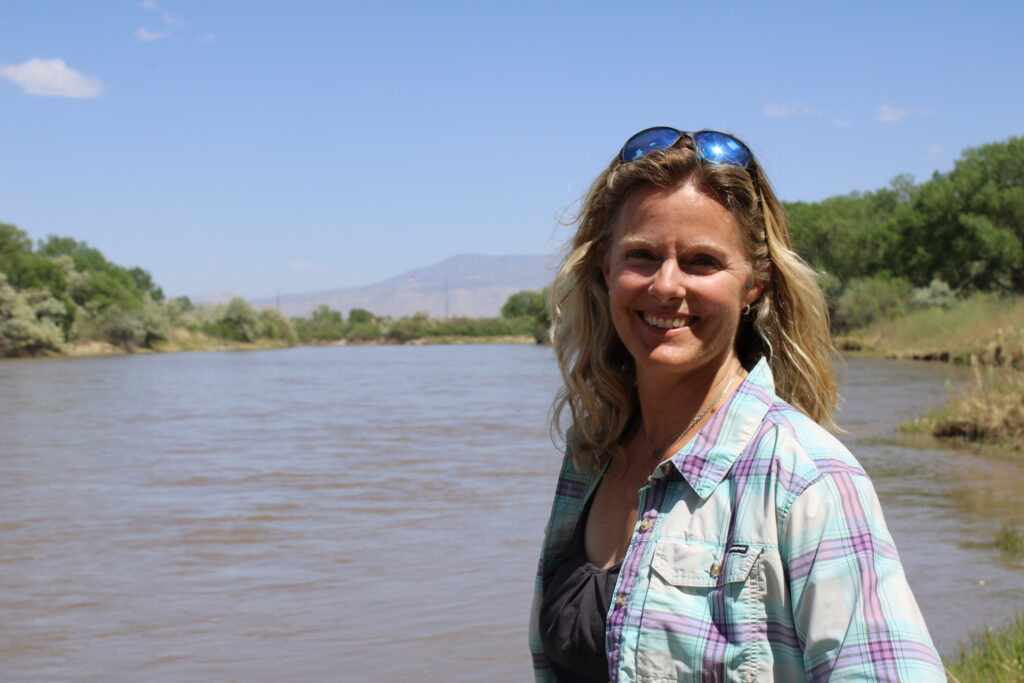
But even with good cooperation, at a certain point with rapidly changing water levels, river recreators need to take matters into their own hands.
Abby Burk, a kayaker in Grand Junction and a river policy expert with Audubon Rockies, said that since snowmelt causes rivers to rise and then fall, sometimes it’s a matter of matching the vehicle to the flow.
“We see the transformation from maybe getting out on a raft to maybe getting out in an inflatable kayak, and then maybe in really low waters, getting out on a tube and just enjoying your local river at its water level,” Burk said.
In Craig, Kilpatrick said such a mindset is present in the design of the town’s new river park. Even without a specific water right on the Yampa right now, she said she’s confident about making sure it’s fun at all levels, and could spur a whole new recreation-based economy to take off in town.
“It really gives us an opportunity to kind of reinvent ourselves as what we want to be as a community,” Kilpatrick said.
This story is part of a series on river recreation in Colorado, produced by Aspen Journalism, KUNC and The Water Desk at the University of Colorado Boulder.



